October 14, 2018
Martha O'Kennon
Colder and colder. Today is a bit nicer. At least there is some sun. Colors: A white Cabbage Butterfly uses what's left of the purple asters to set itself off. I don't have many saffron crocus bulbs but they mimic the colchicums in that their green leaves come out in spring to disappear till now. Yes, I think this is the crocus whose pollen is the "saffron" used in food. The button mushrooms are beginning to break out in the grass.
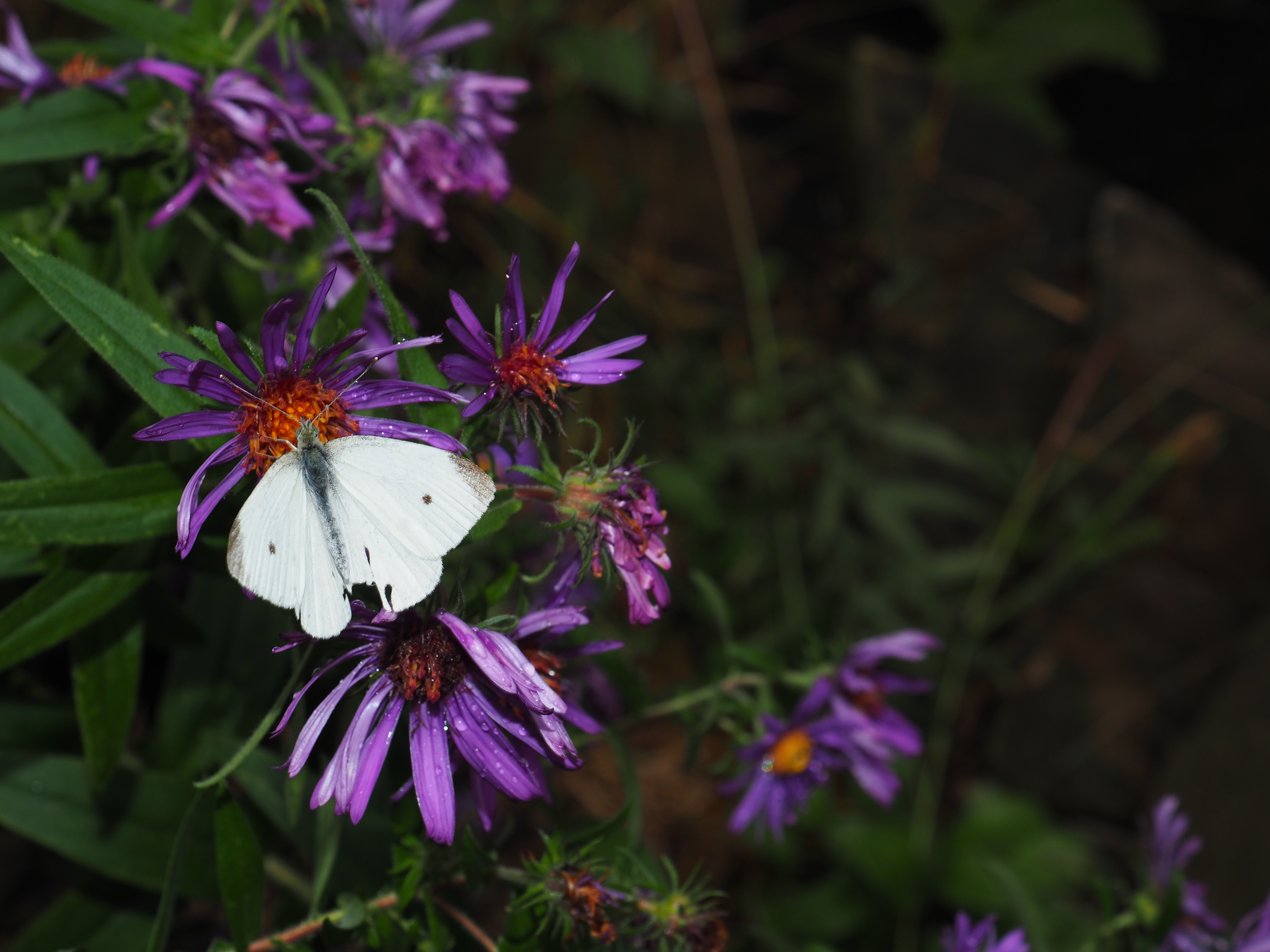
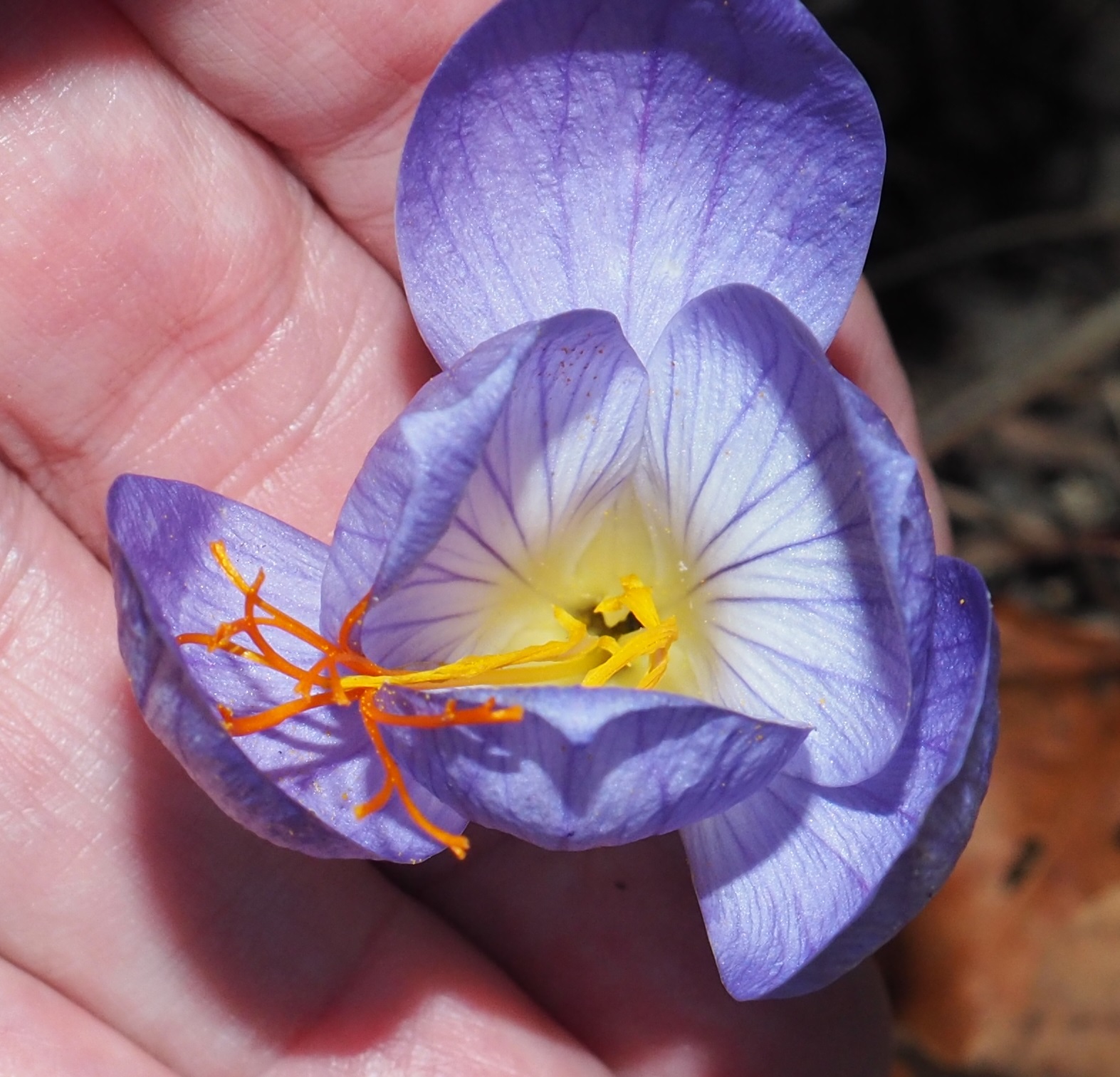
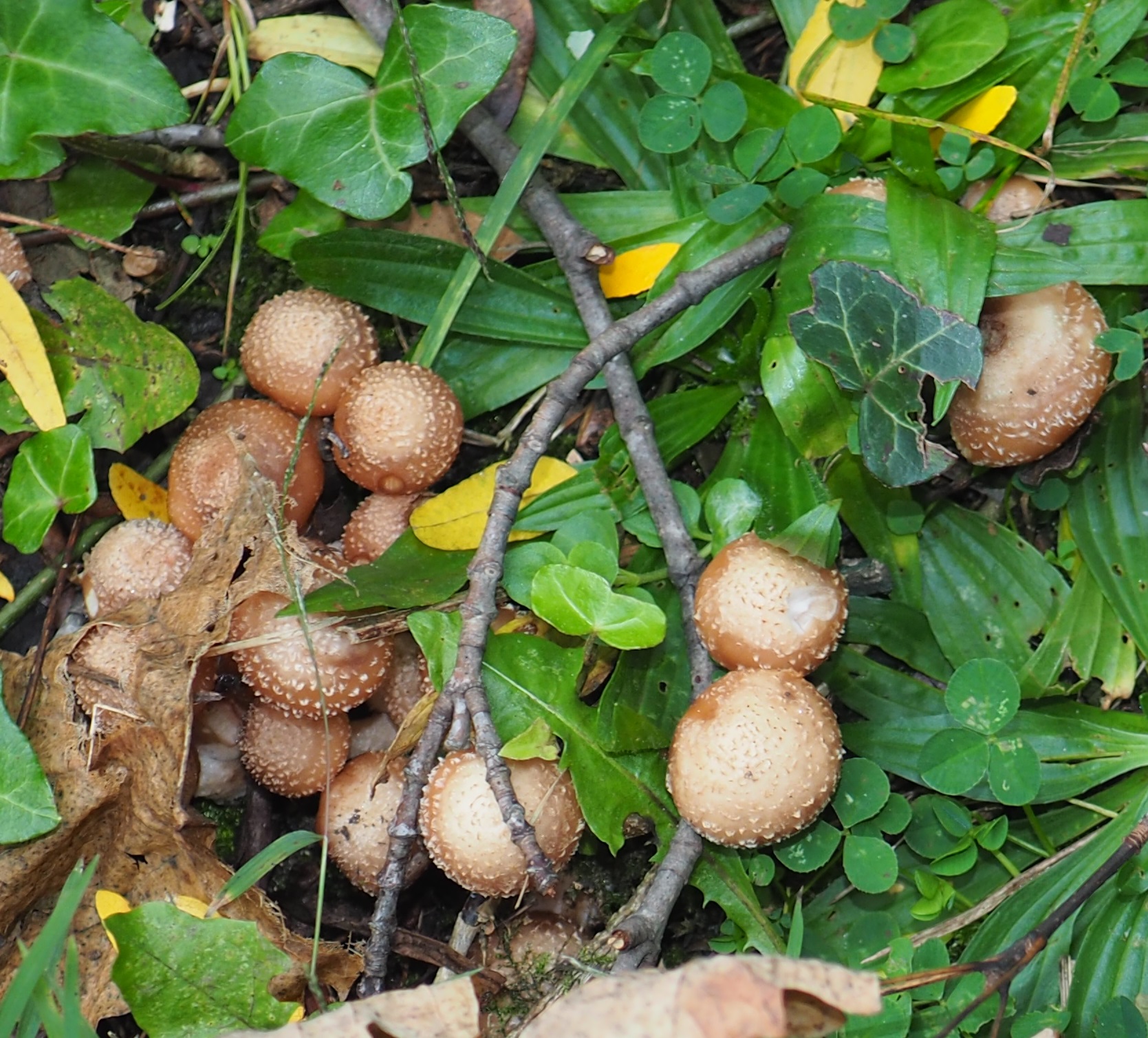
Remember that there is information in the name of the file for each image. You can see it by mousing over the image - look at the lower left of the screen. Or you can click on the image to get to the (usually) larger image. Then the info is displayed in the address line above. Sometimes the second click will actually display a different view of the original image.
I was about to say, no new ants - Here up first is your Small Honey Ant. But then I went outside and saw what I thought were red wasps until I noticed that those weren't wasp faces, but more like ants. These must be some of the winged ants who will mate, drop her wings, and head underground to start a new nest. I think they are just gorgeous. They are the Larger Yellow Ants (what - not red?, Ok, yellow will do....) This picture shows you the cool wing patterns. I thought at first this must be a sawfly from the wings.
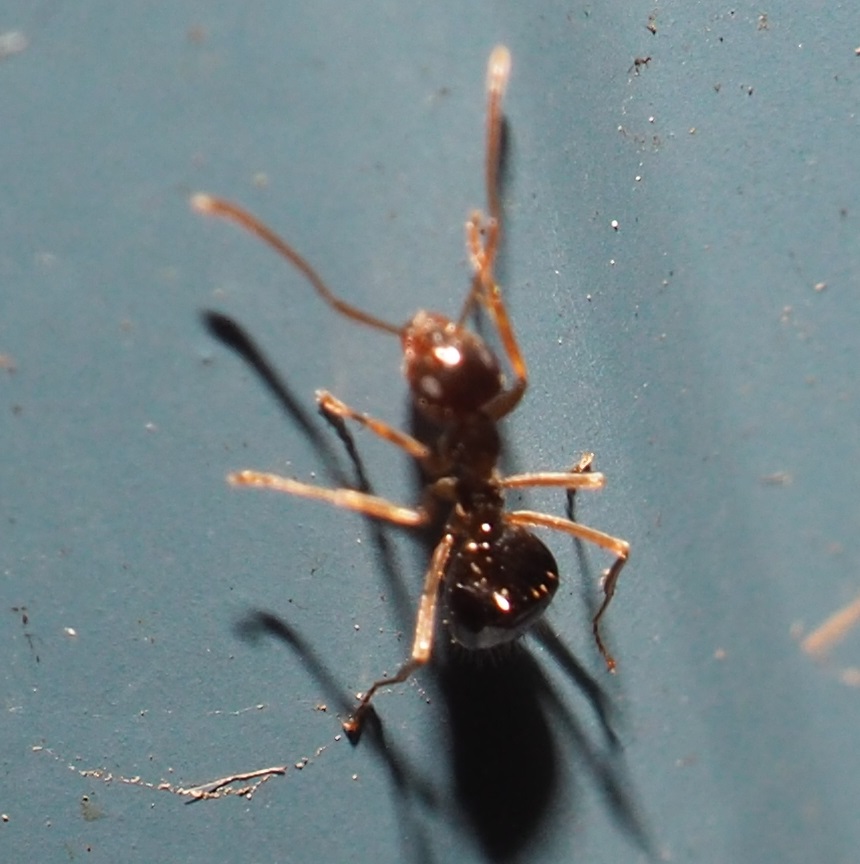
.jpg)
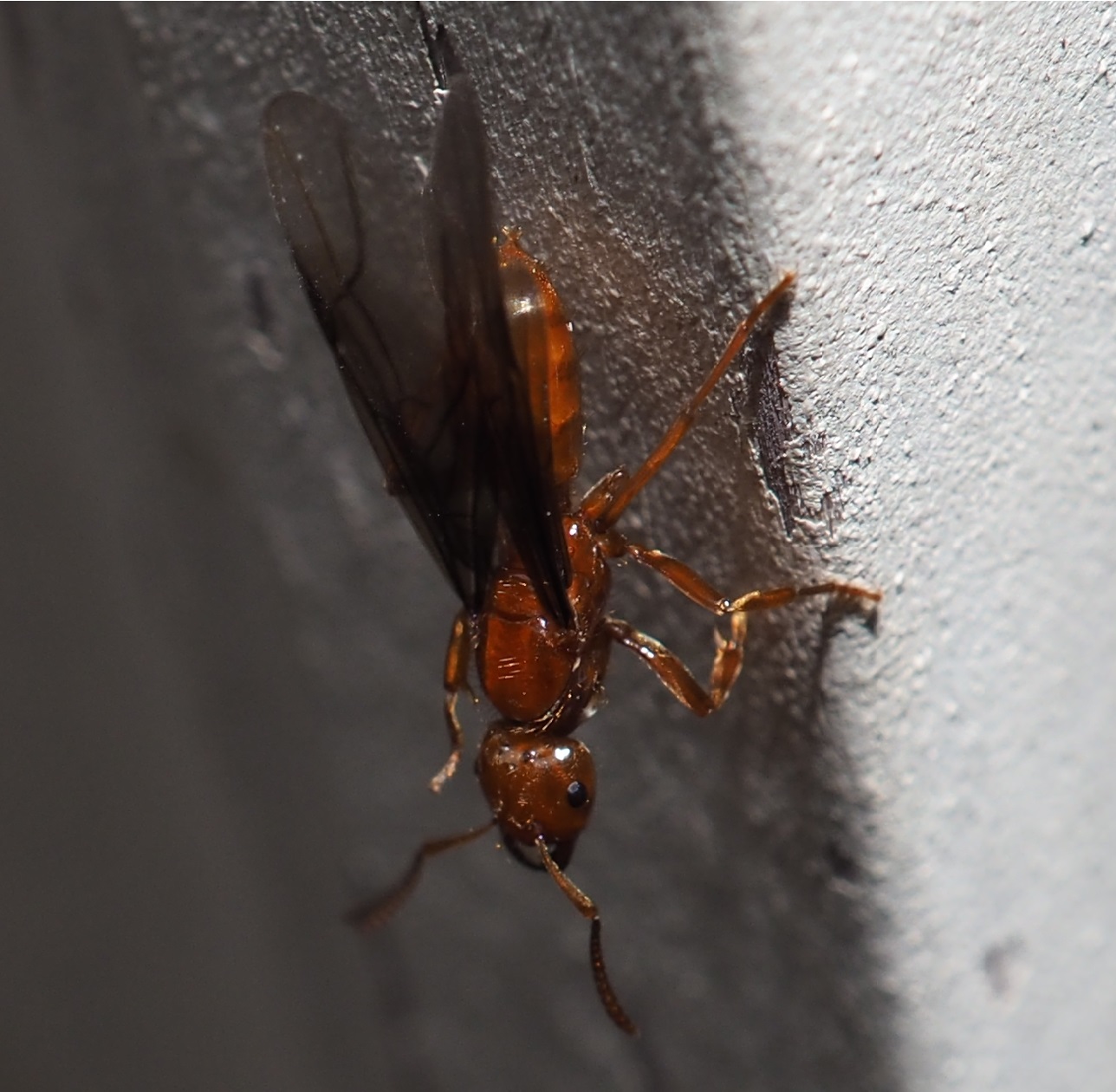
Our good old "tiger" barklouse (my nickname for it) known familiarly as Graphopsocus cruciatus is here. We also had a newish one. Its wings are so long its little body looks even smaller. It's a so-called Fateful barklouse, genus Lachesilla. I do see one difference. None of my old pictures labeled Fateful etc. have had such long long wings. Also, in other years it has shown up in November and December. and And our scaly-winged friend is here too. And our scaly-winger (#3) also seems to come in a light-changing mode (#),
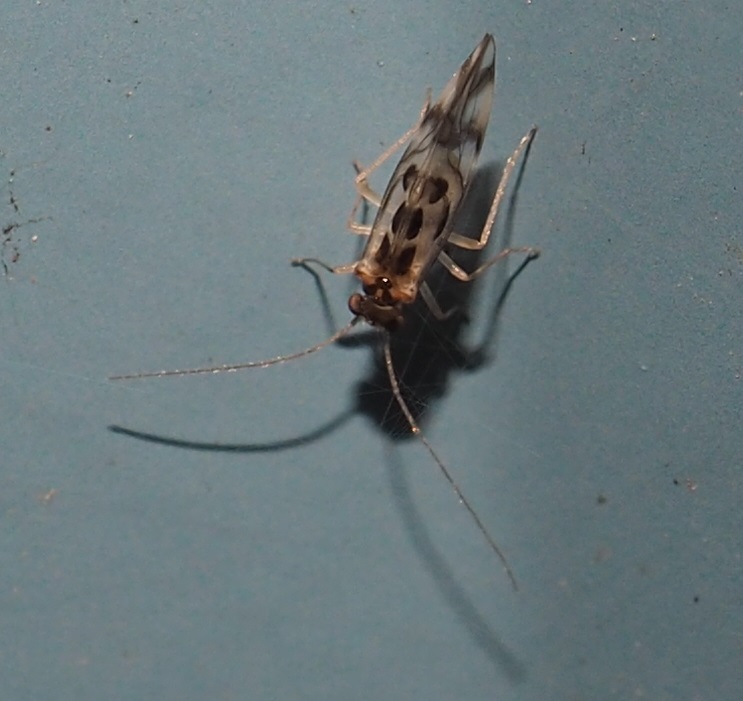
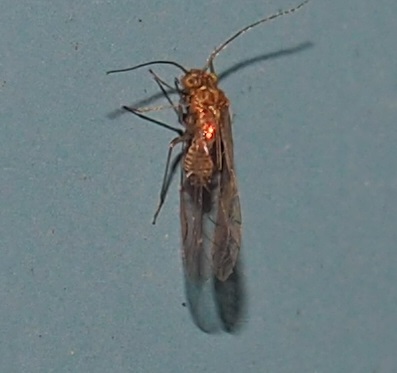
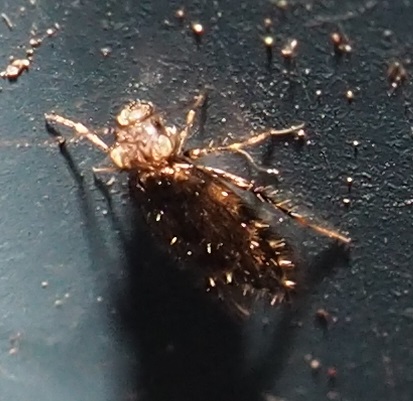
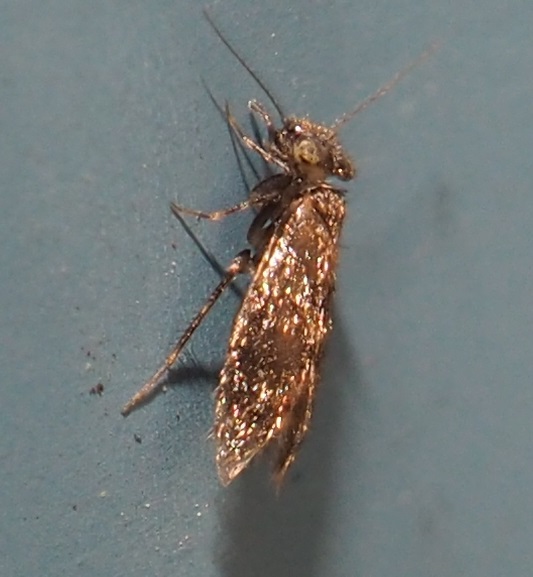
We'd better enjoy our Common Eastern Bumblebees and our asters too (#1). I believe that #2 is EITHER showing two green little bees but not mating OR showing one longer bee. Third is one of the small bumblers. And fourth is a tiny shiny sweat bee.
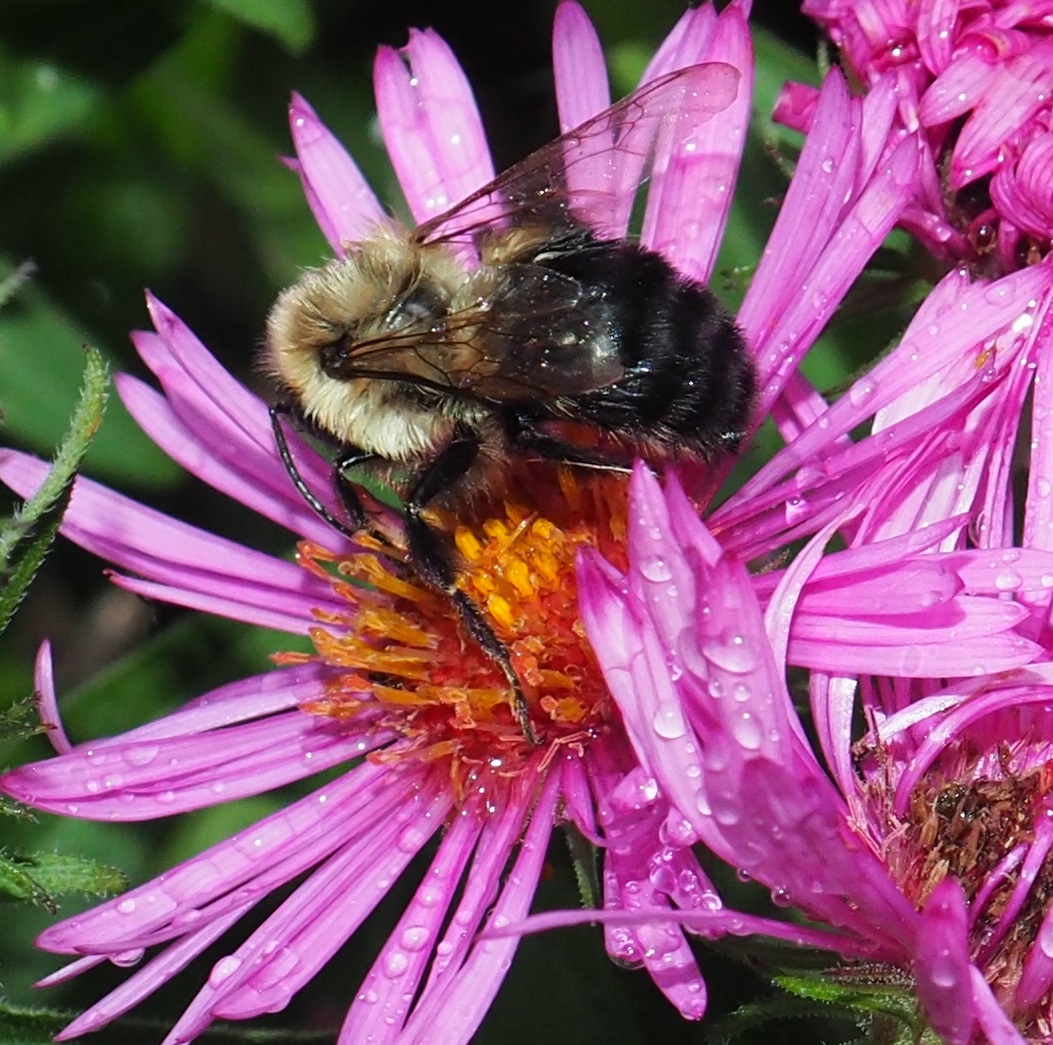
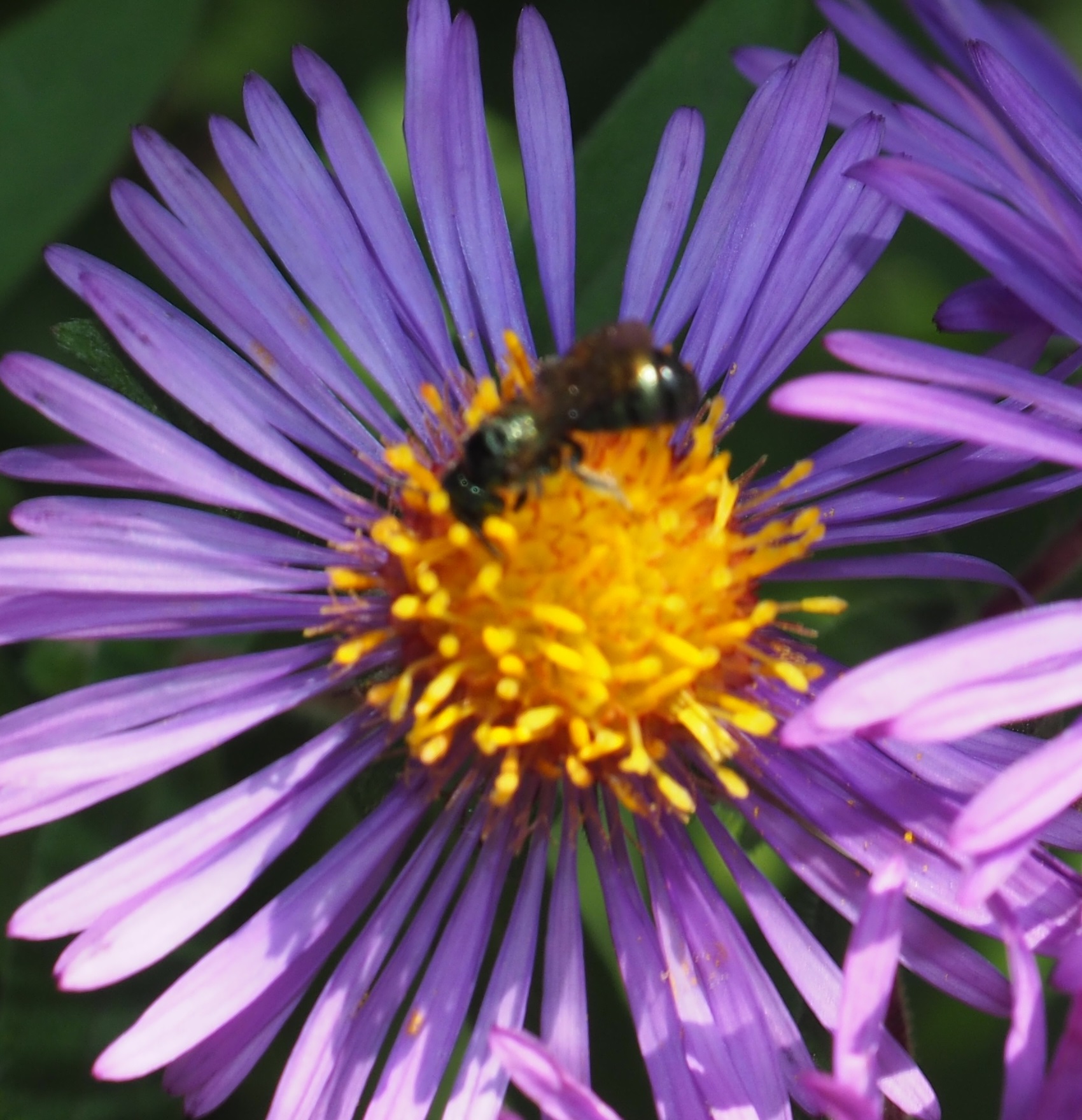
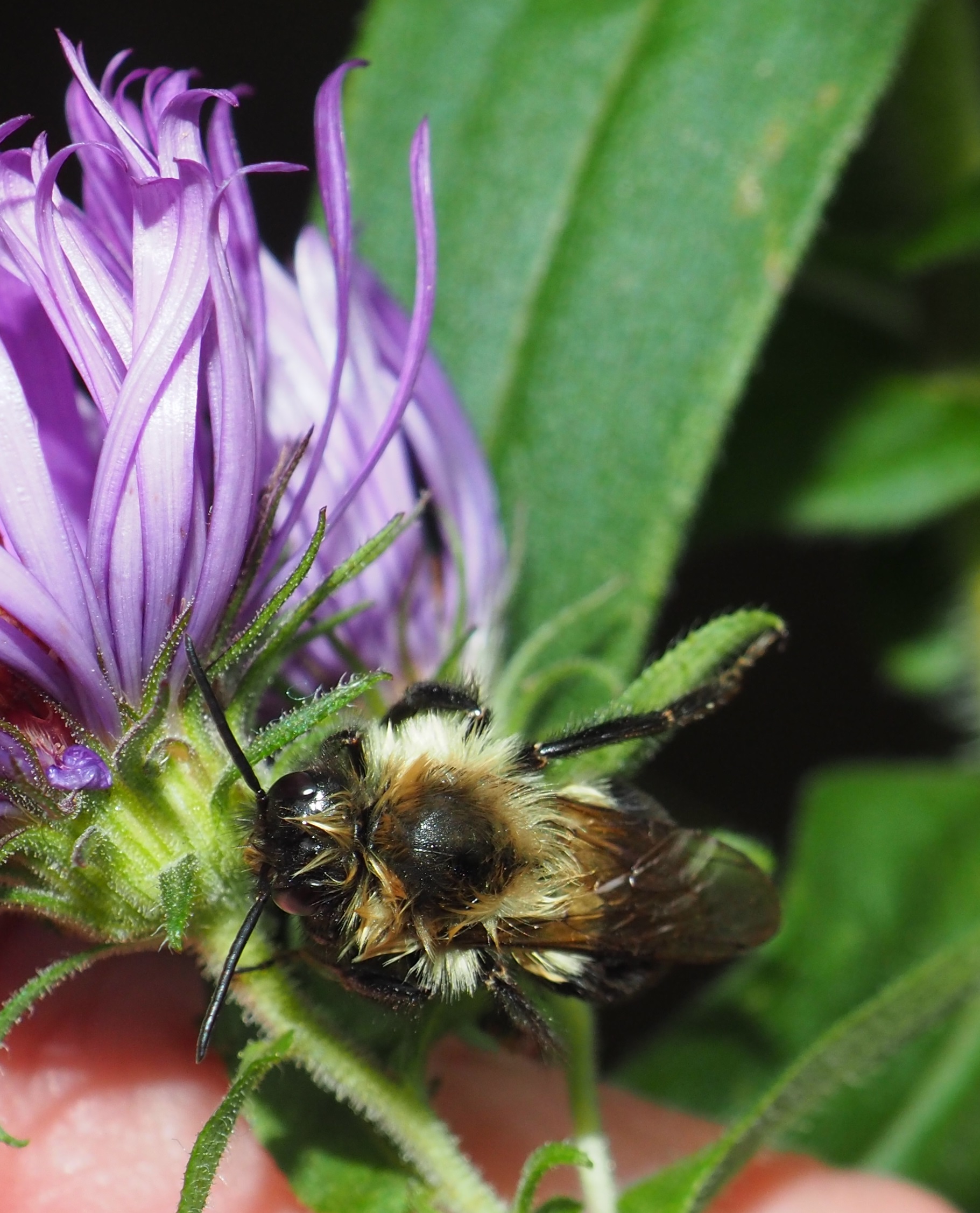
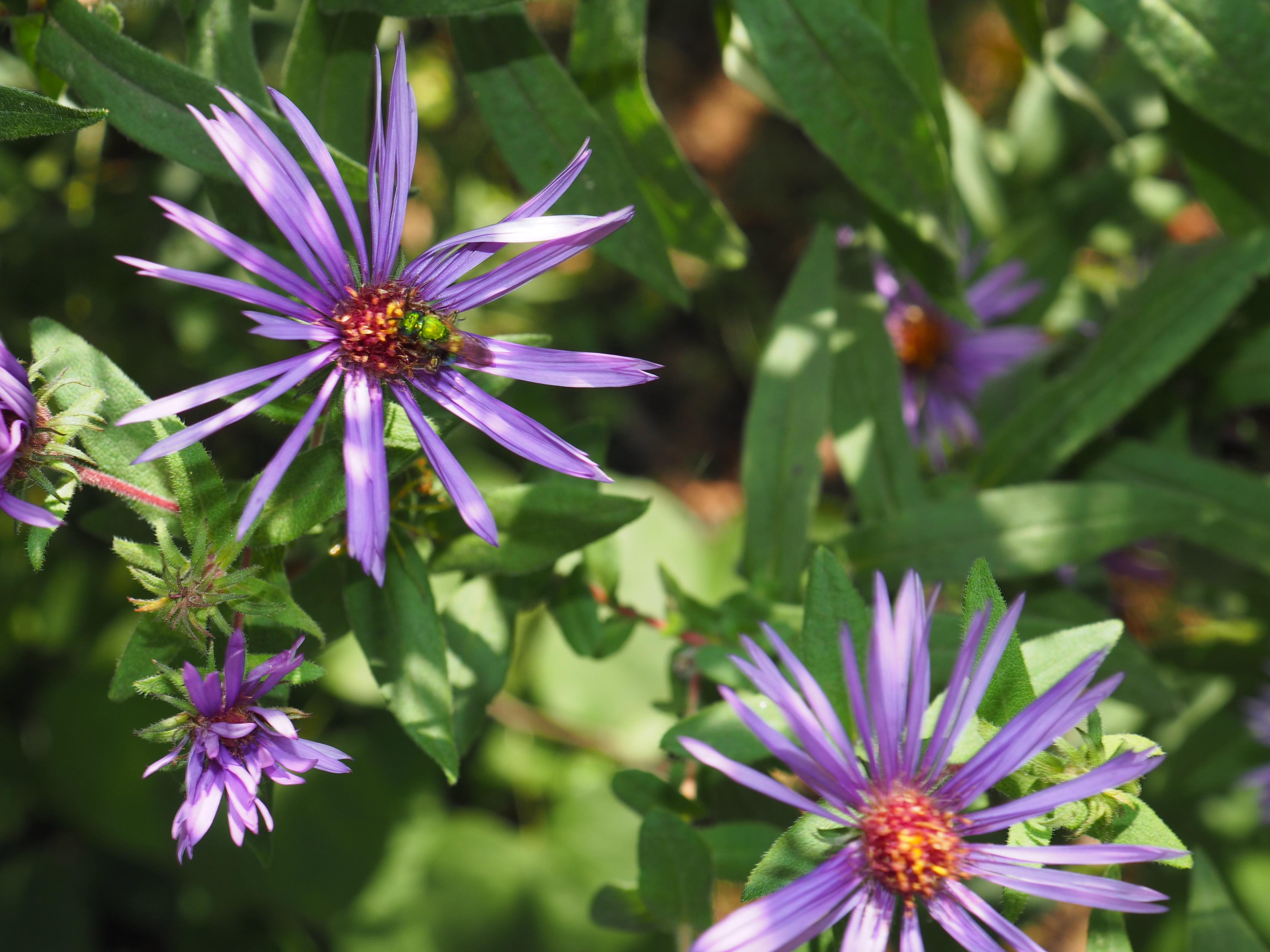
This first beetle (Telephanus velox) was one I first labeled as a fuzzy wasp. Nice to have colleagues with so much experience. The second one seems to me to be a Rove Beetle, one of those that are not covered completely by short top wings (elytra). Third is most likely a dead weevil since every time I take its picture it does not seem to have moved at all.

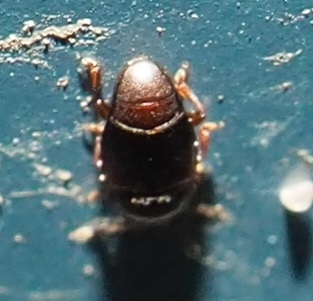
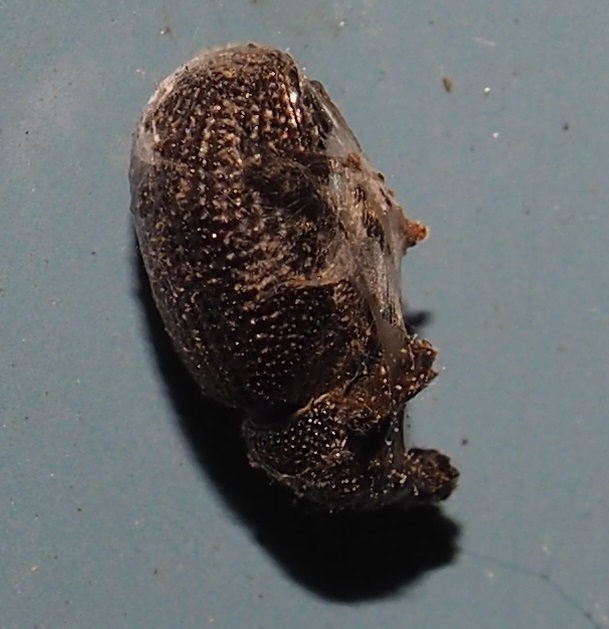
This pretty blue weevil - you will scream when I tell you - was found in the bathroom. But wait - it is sitting on a coffee filter. It let me carry it in the filter (with the little crumb of coffee still there) to the window so that it could fly off when it wanted to. I'm fairly sure the next one is another weevil, but have no idea what it might be. Third is one of the last of the goldenrod with two redbud bruchids in it. Remember the bruchids whose young grow up inside the pod of a leguminous plant, and that a redbud is a legume. The fourth one is the only beetle here that isn't a weevil.
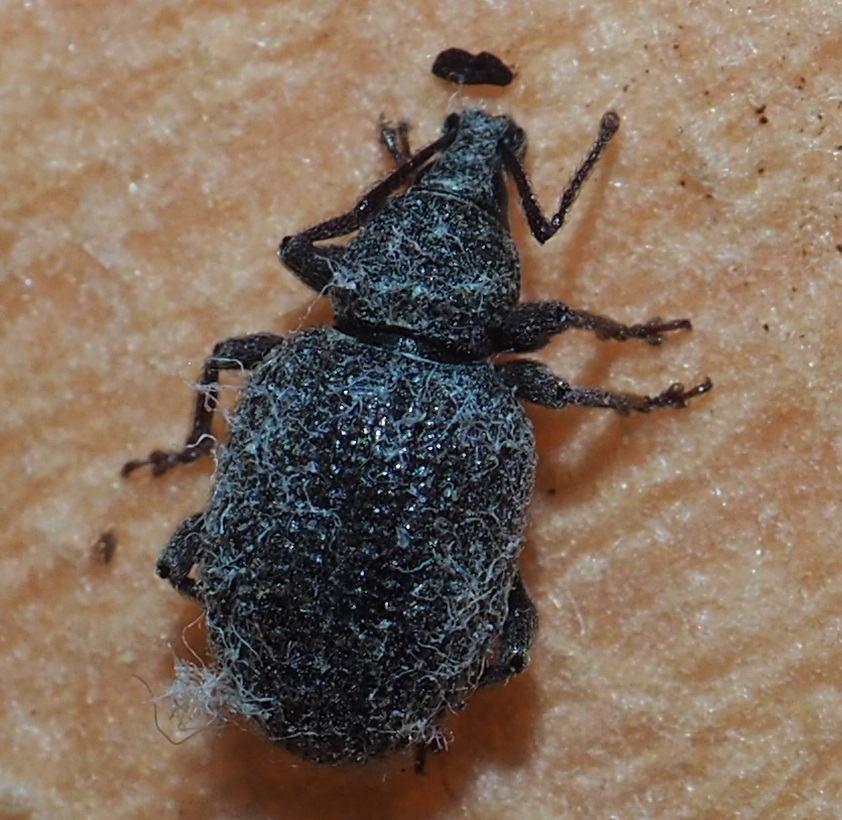

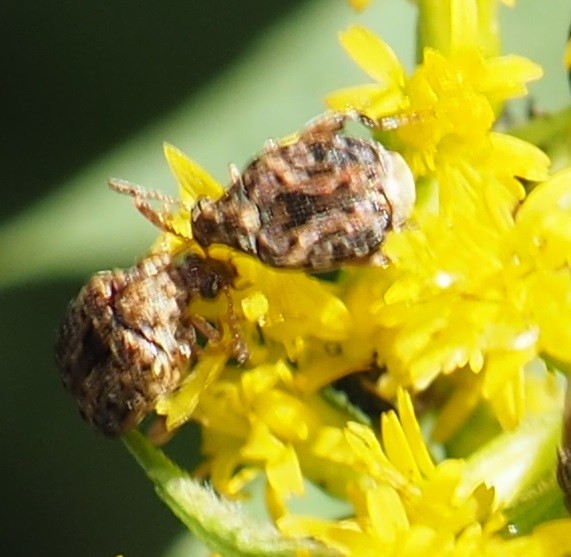
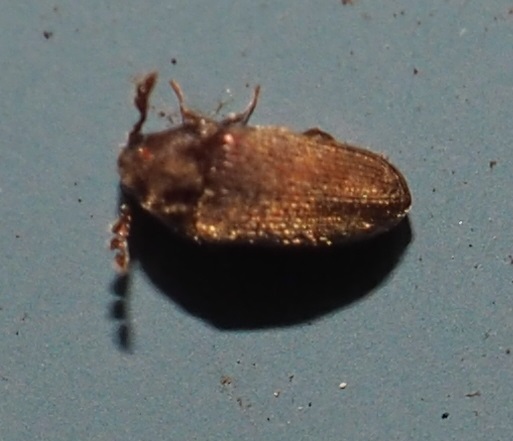
Speaking of Lady Beetles (were we?), here is yet another Asian Lady Beetle. (Why?) The next two are of a Seven-spotted Lady Beetle. You might enjoy this note. I read recently that the 7-Spot was introduced into Calhoun County by the movement of humans. How about that?
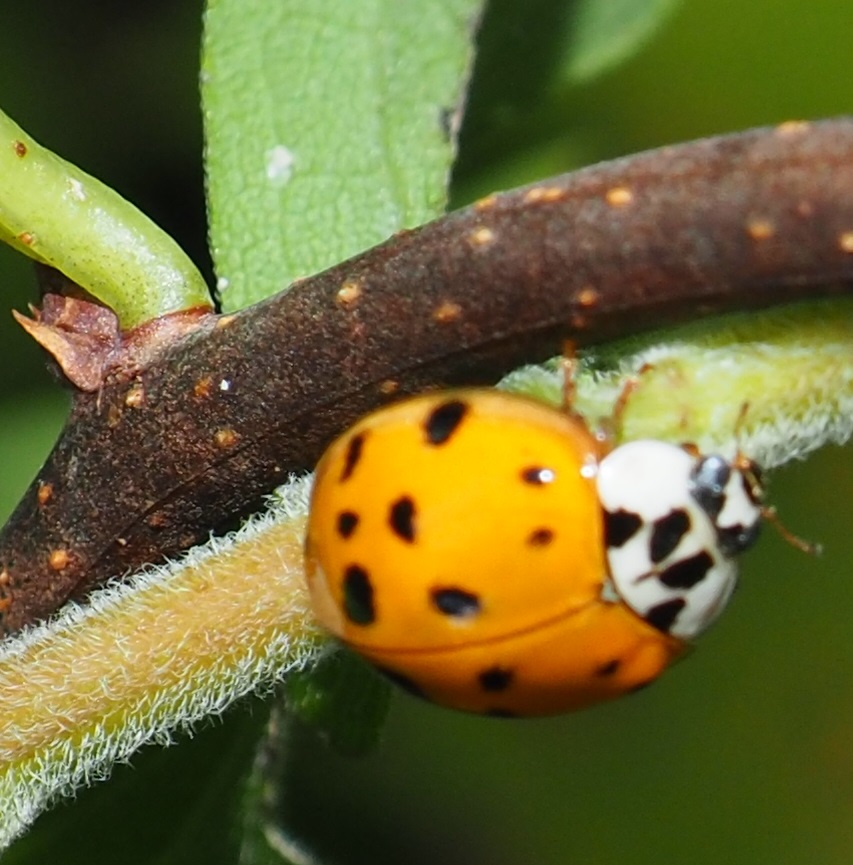


This shiny greenish metallic beetle may be what they call a Flea Beetle. I'm not too sure what the brilliant red one may be. This last one is the larva of one of the species of Lady Beetles.
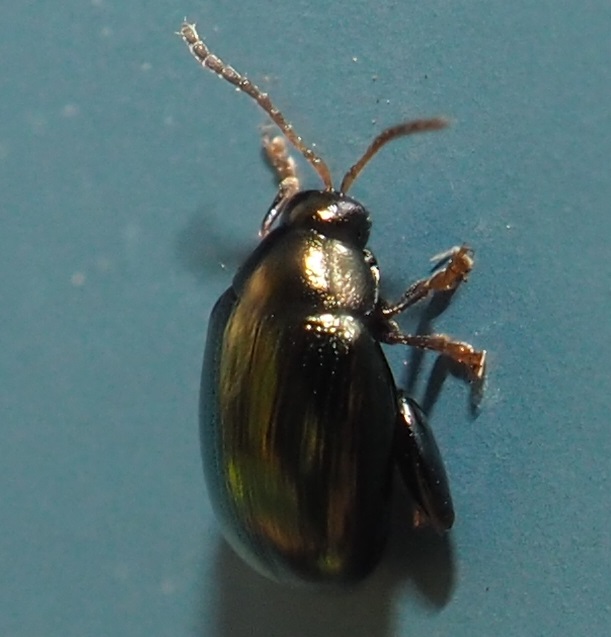

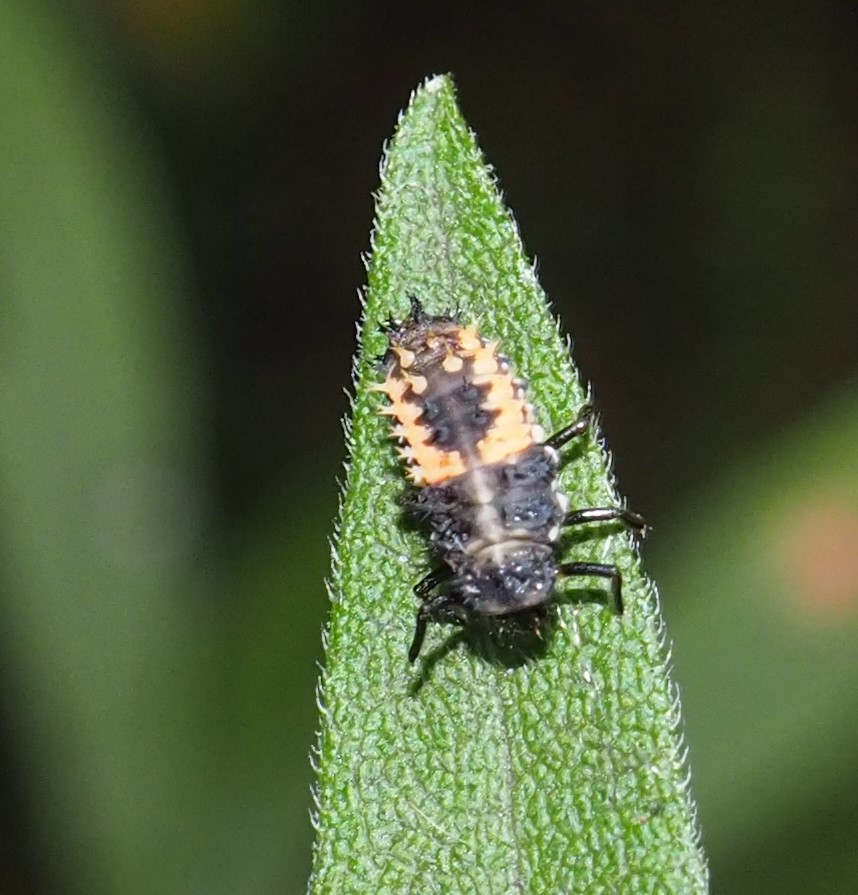
On to the bugs. Here is an Assassin Bug, and even though it's brownish it's still the same old Zelus luridus, just like the next one. Third is a totally different kind of Bug, a Coreid or Leather Bug.

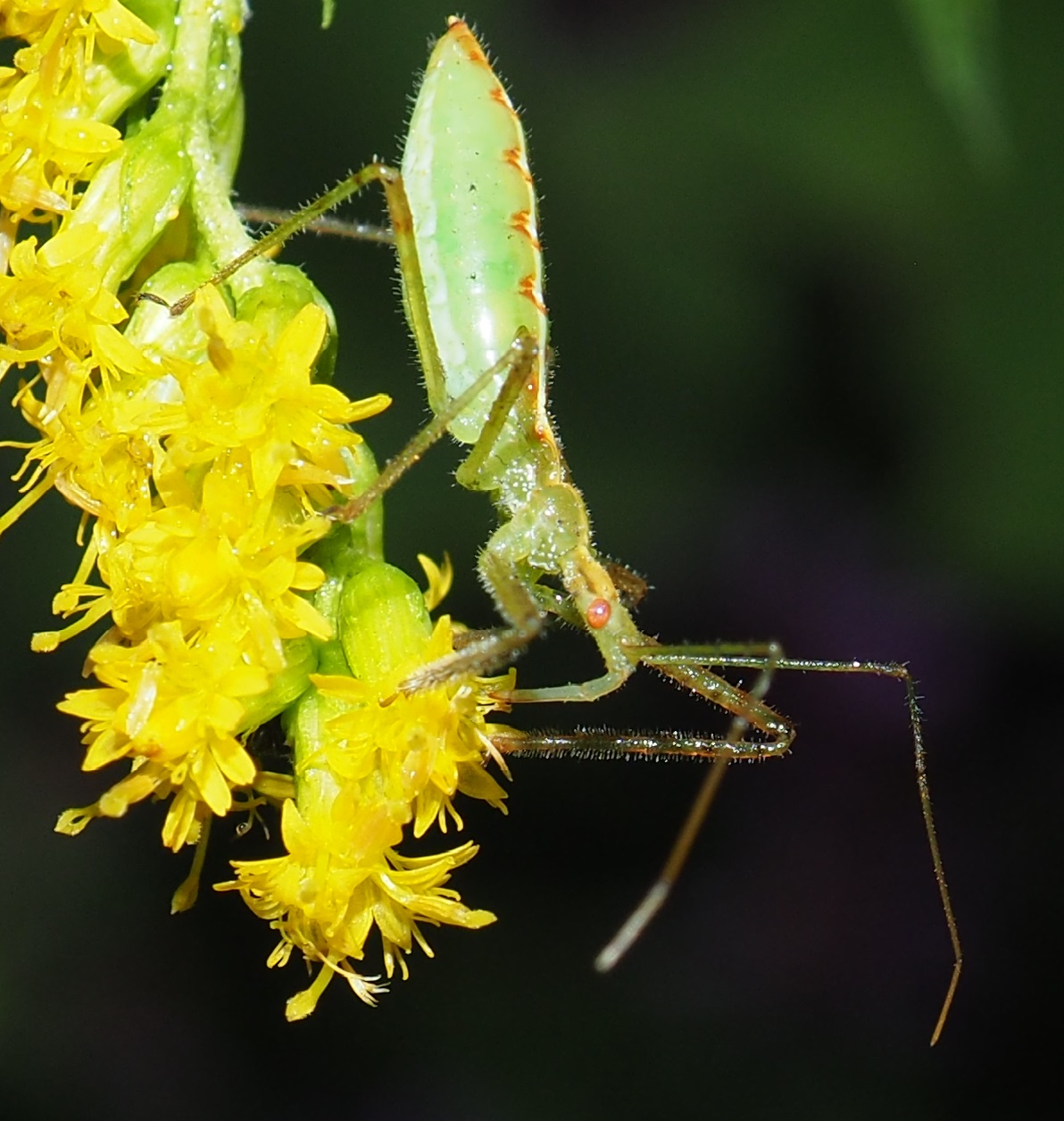
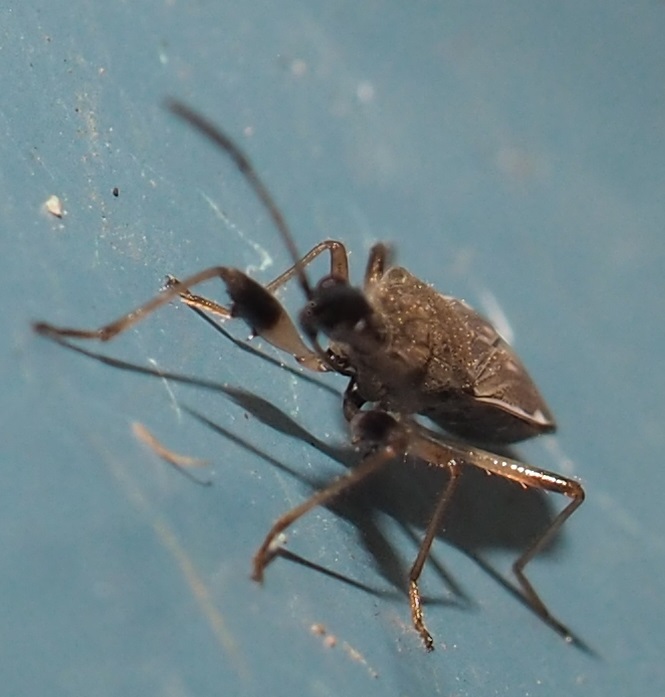
We lucked out this week with three leafhoppers. This first one is pure white. The next two are members of the Genus Eratoneura, and the last of them is E. ardens (burning).

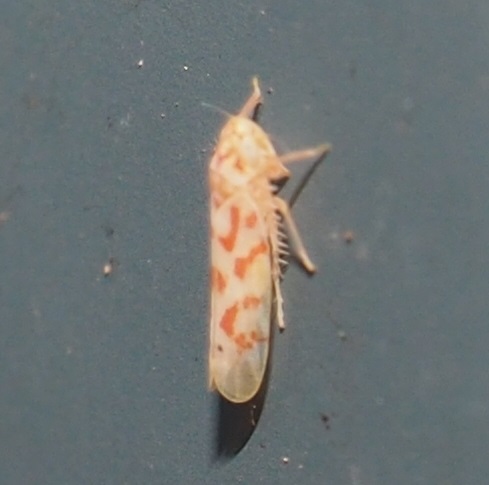
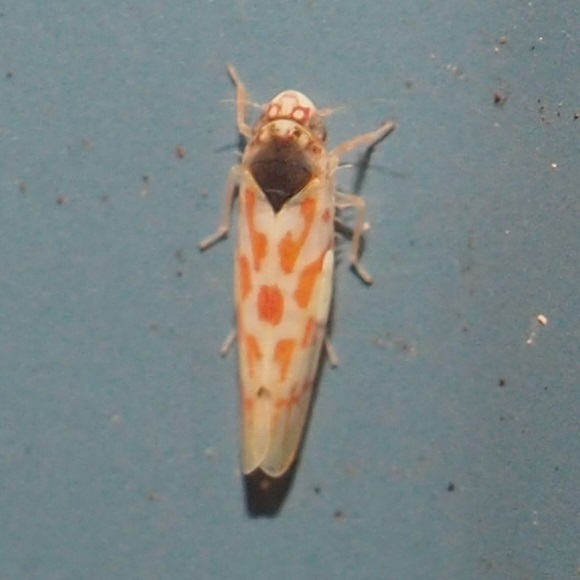
There is a large group of Bugs called Plant Bugs. A lot of them are classified as part of the family of Lygus bugs. Here are a few of them. Last week I told you about wondering if this third nymph could be the precursor for the Tarnished Plant Bug (image 4). Finding the TPB was the clue to naming the nymph. (This probably sounds logically backward, but that's Bugs for you.
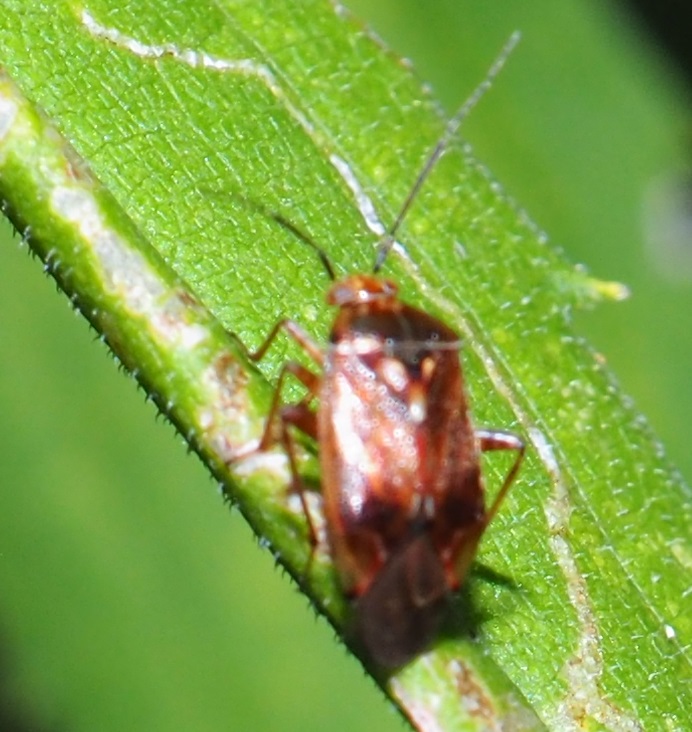
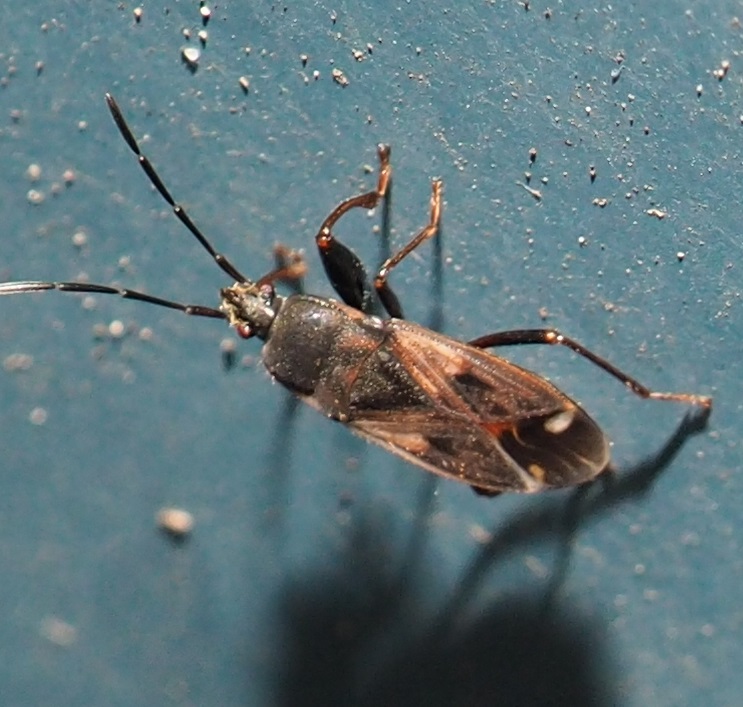
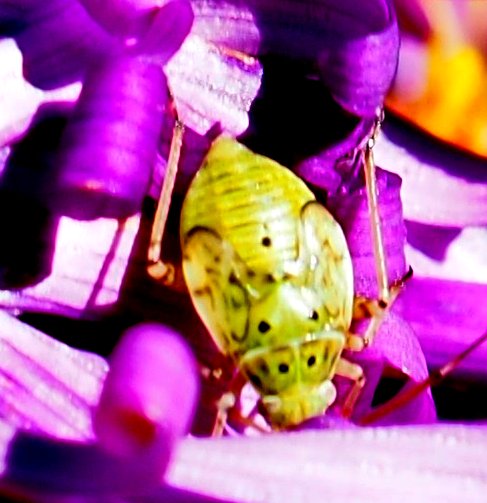
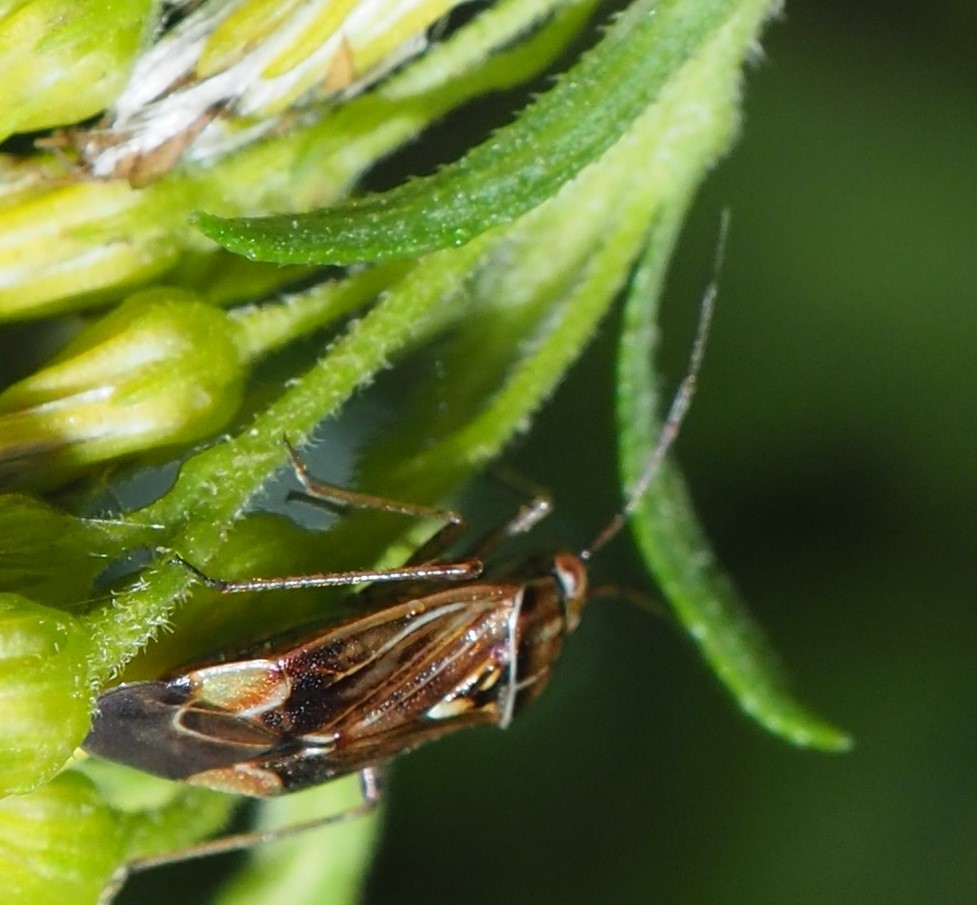
First here is one of the Stink Bugs. The second looks a bit like the White-margined Burrowing Bug, but it has black legs, making it a member of Genus Corimelaena. The third is another mystery.
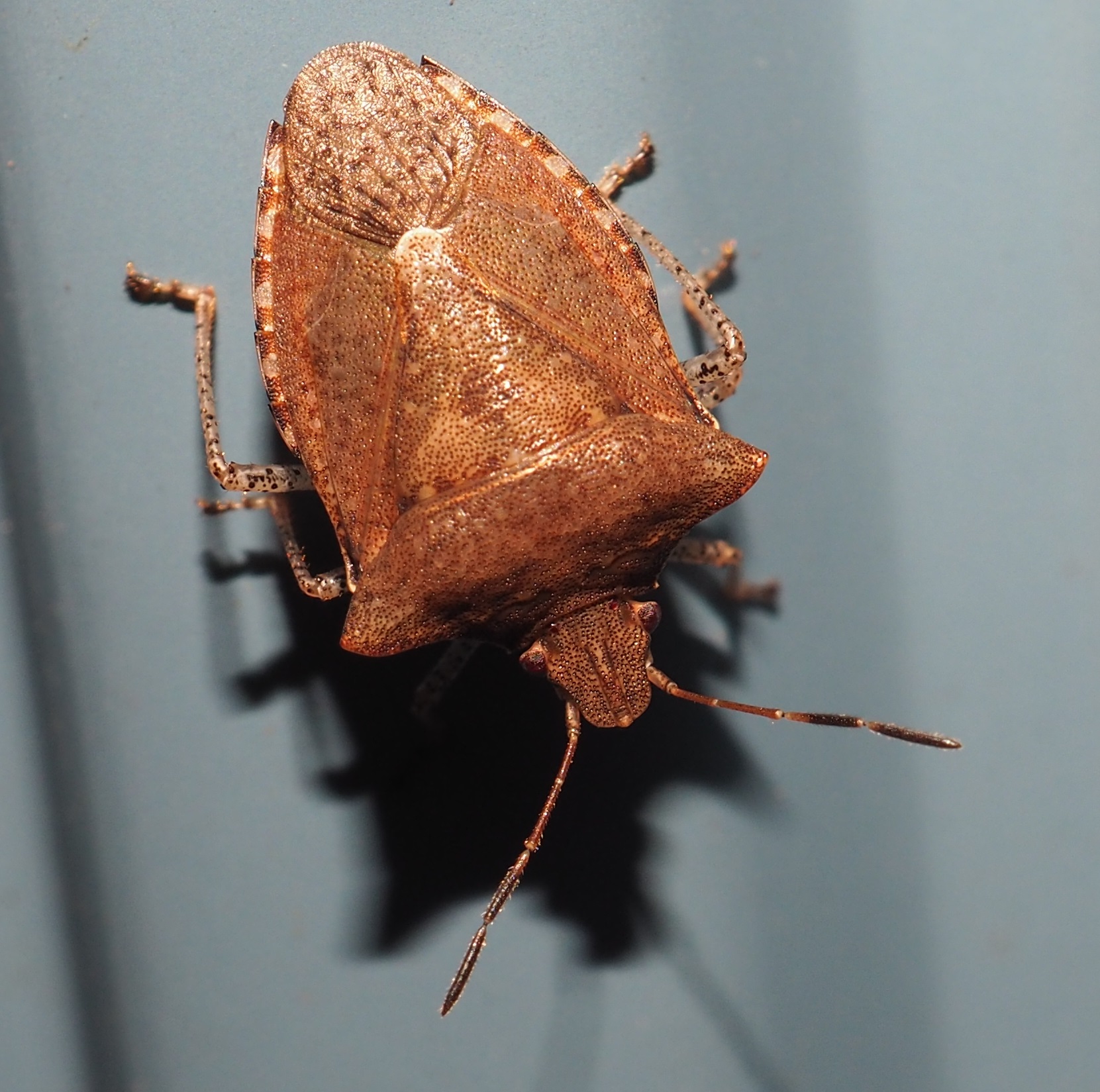
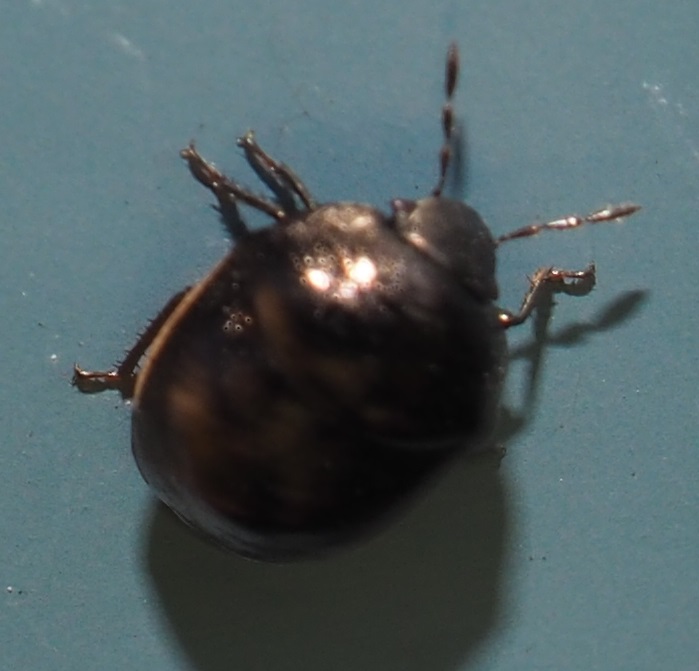
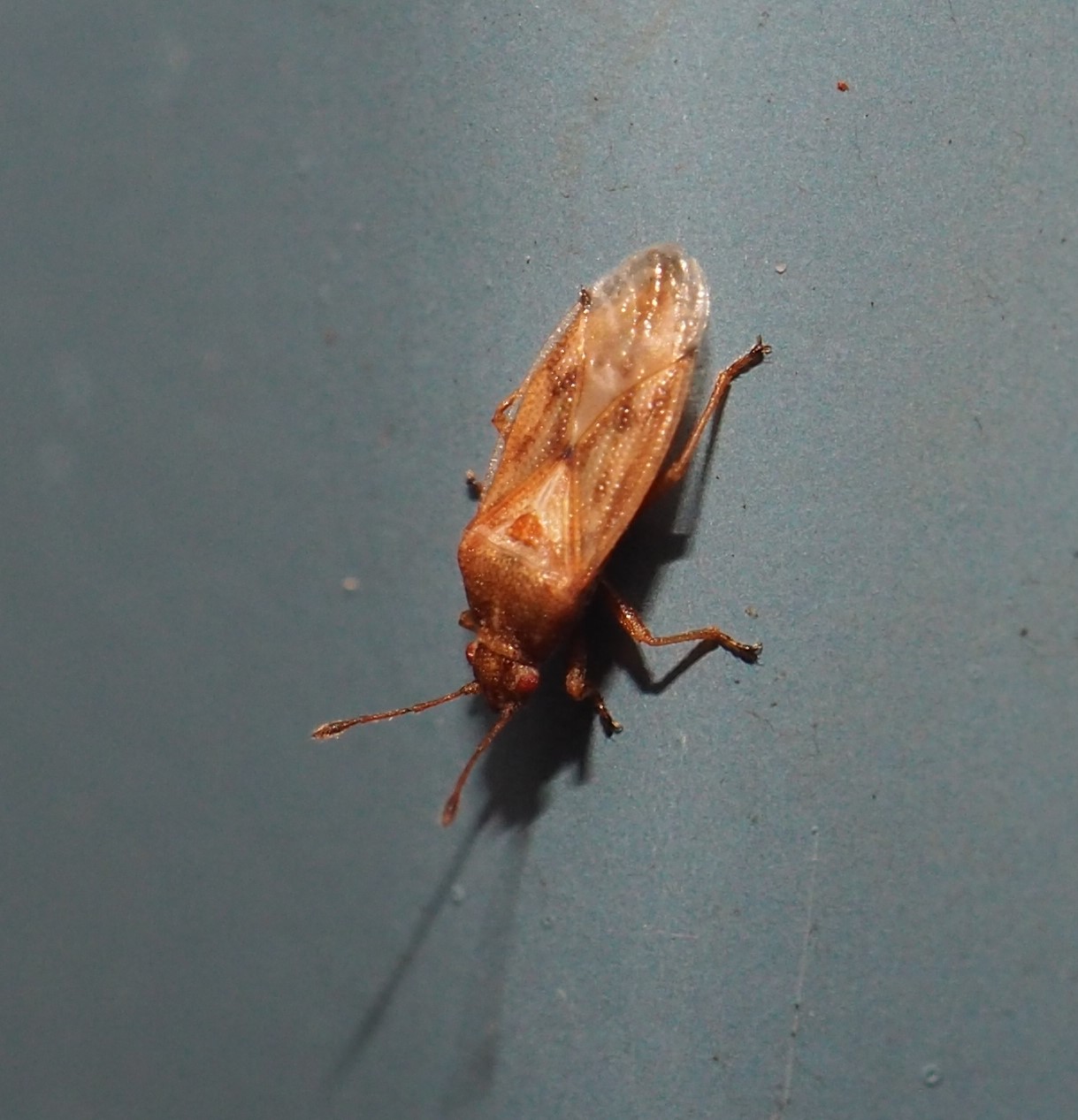
We had a few of these critters that look like the case critters we saw in the spring. They all seem to have a case made from silky fibers. Here are a couple of them and the last is a Crab Spider who seems to be feasting on one.
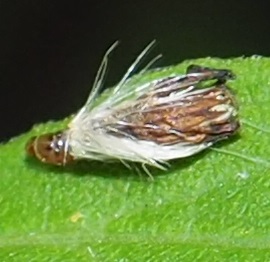
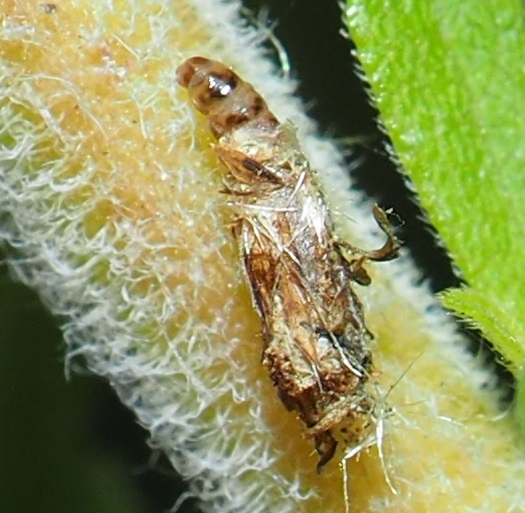

Let's flit over to the flies. Oh, but first a couple of earwigs. Then a really big muscid fly. And third is an orange Crane Fly.
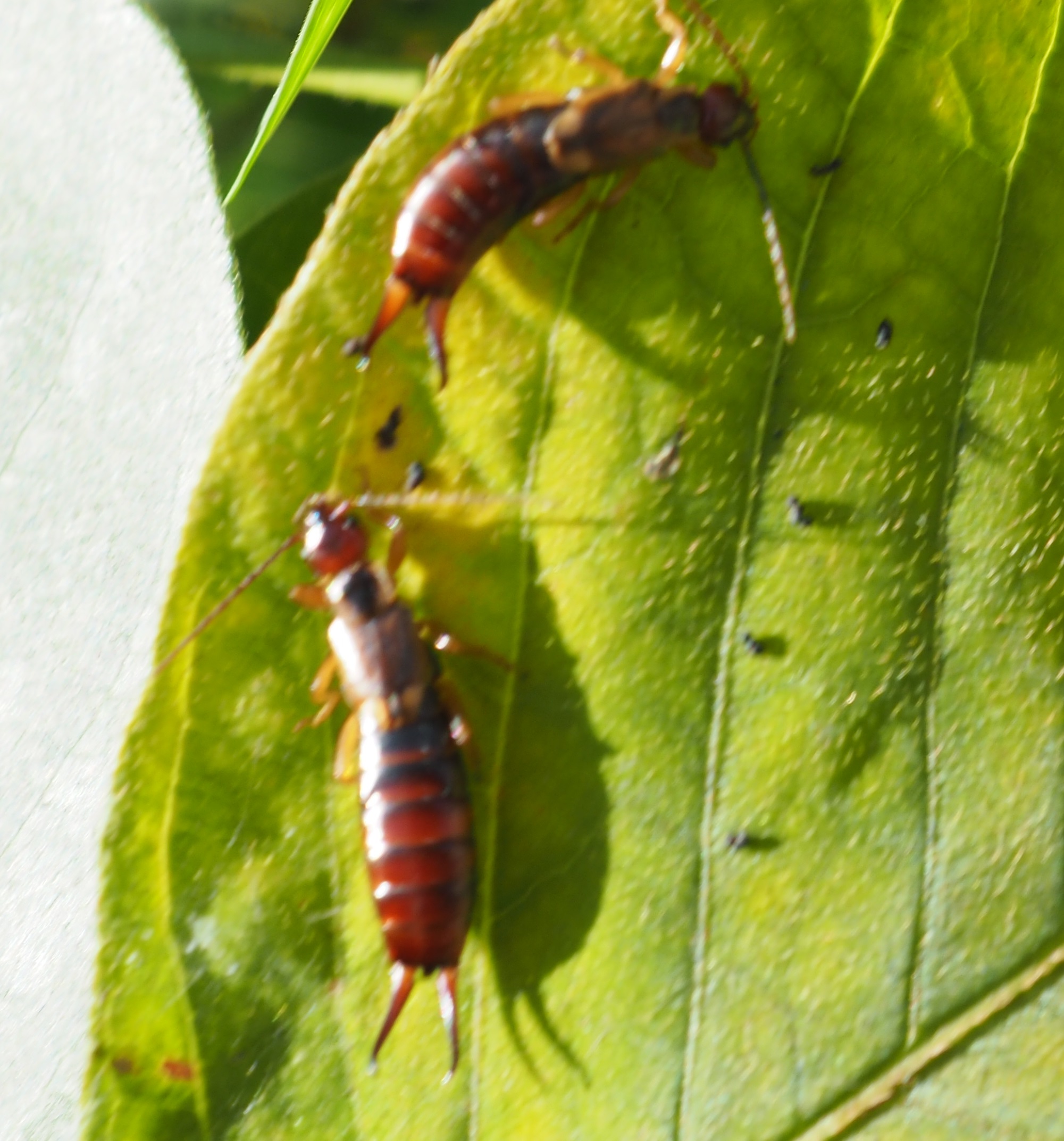
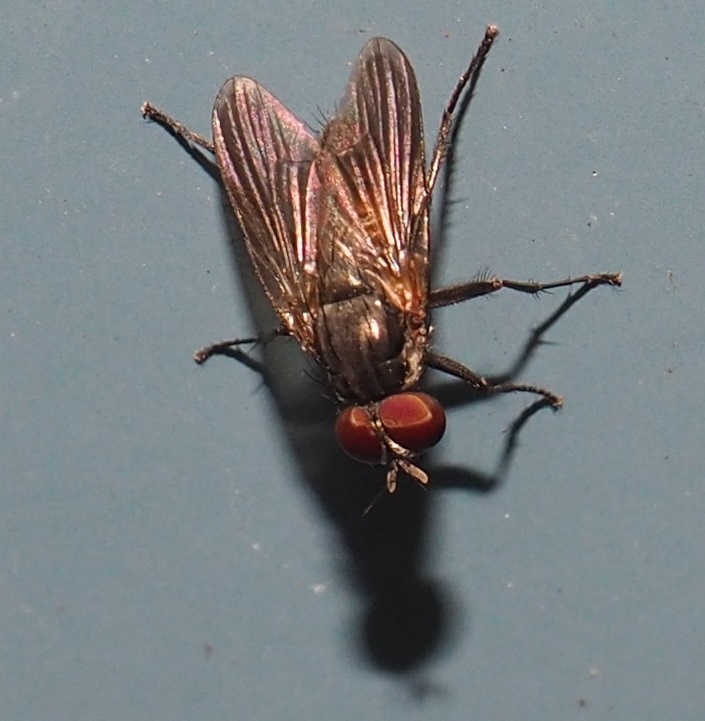
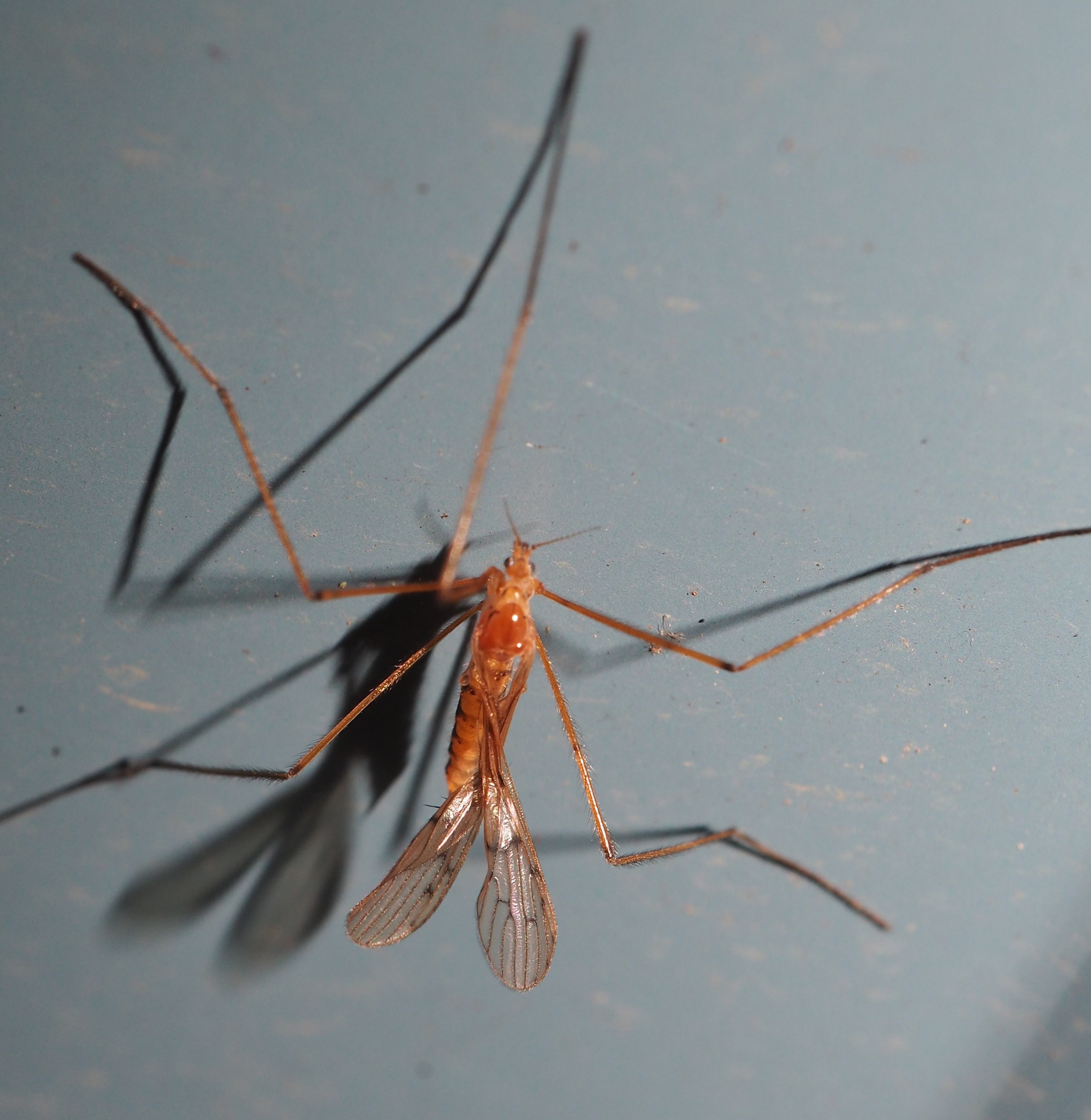
Here are a couple of Hover Flies, the second of which is in the subgenus Metasyrphus, and one of the Moth Flies. I don't know what the first is.
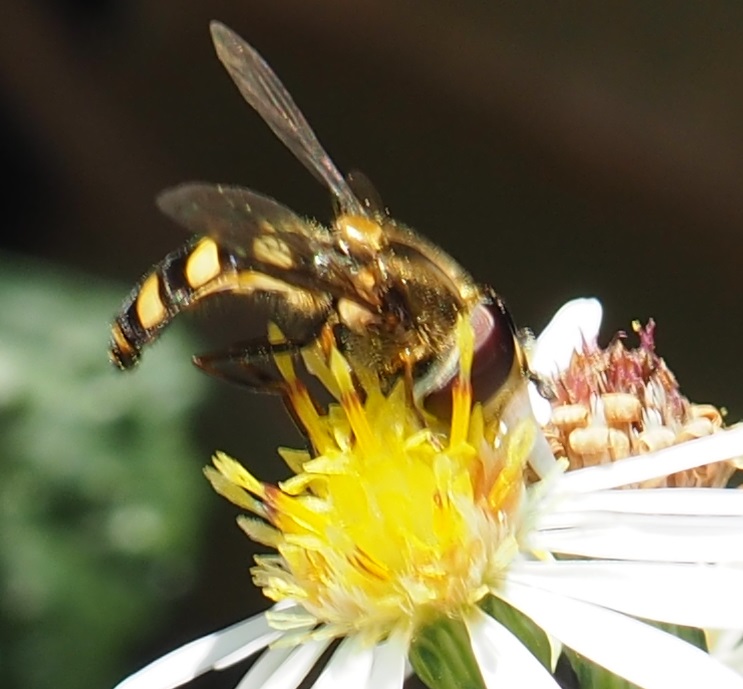
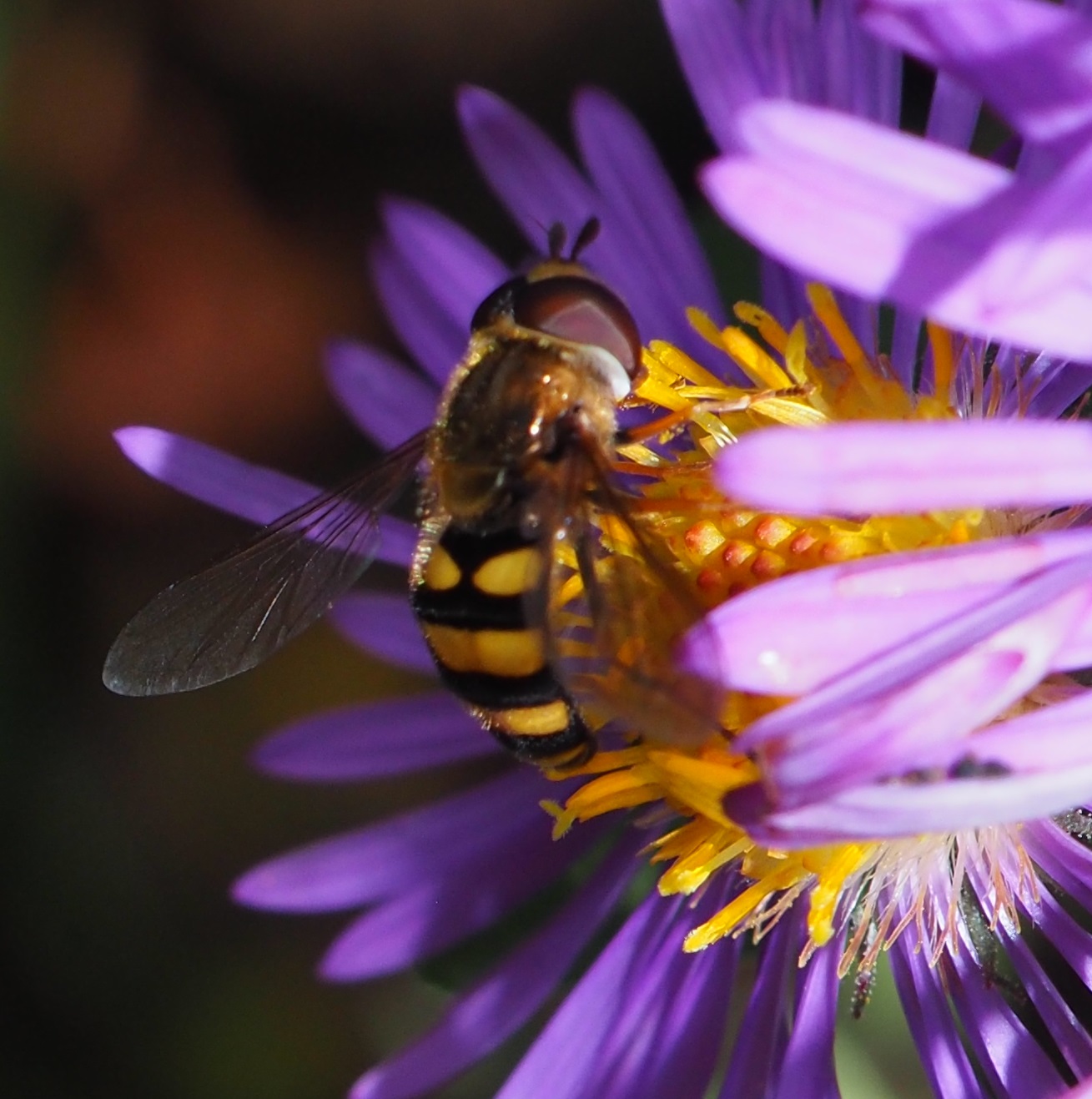

How about a bite? Here are a couple of mosquitoes and one midge, which seems to be a Chironomid.
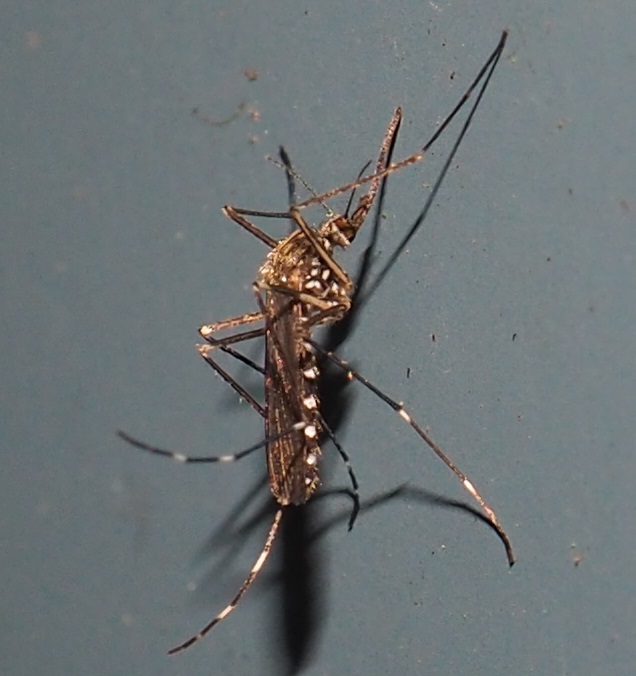

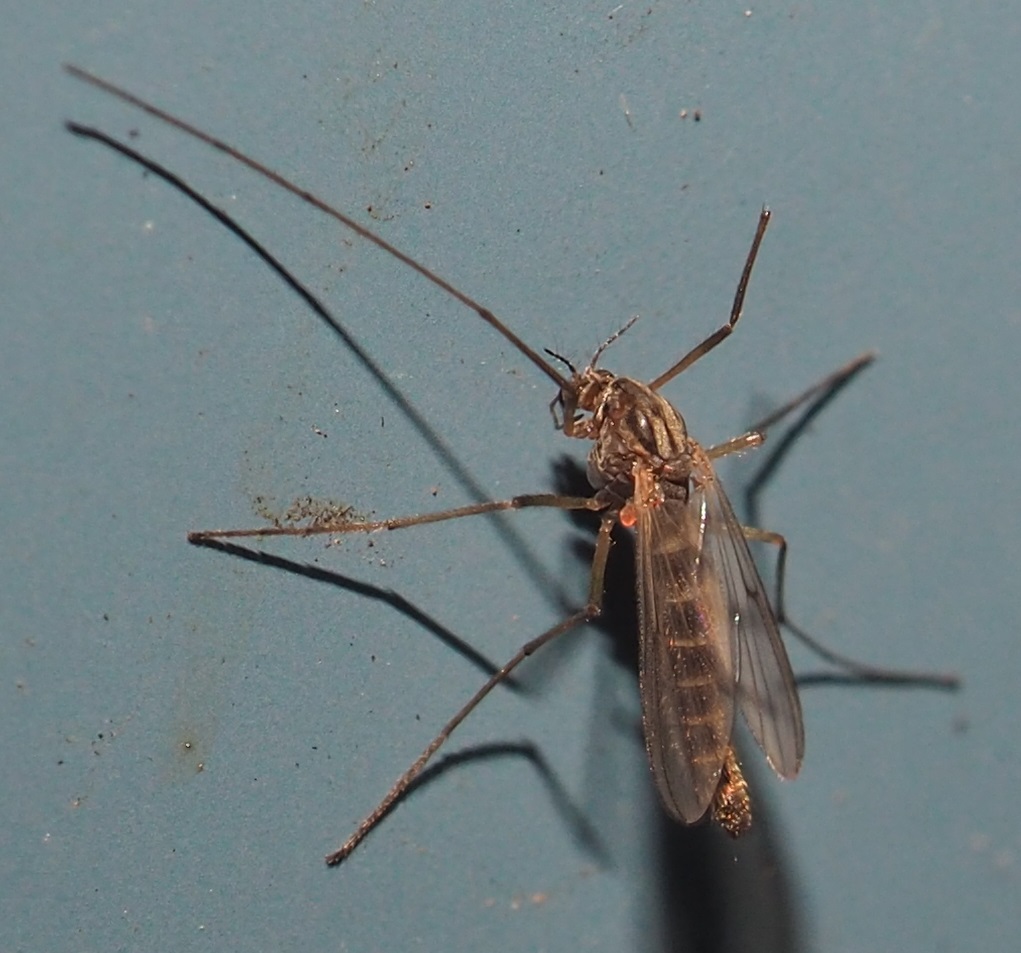
A few more flies. None of these are identified yet. This first one looks like a caricature. Next is a beautiful tiny fly. And the third is holding its wings out.
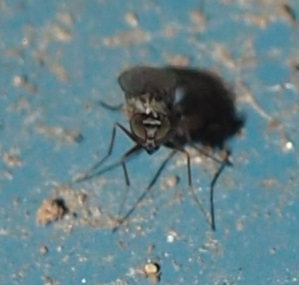
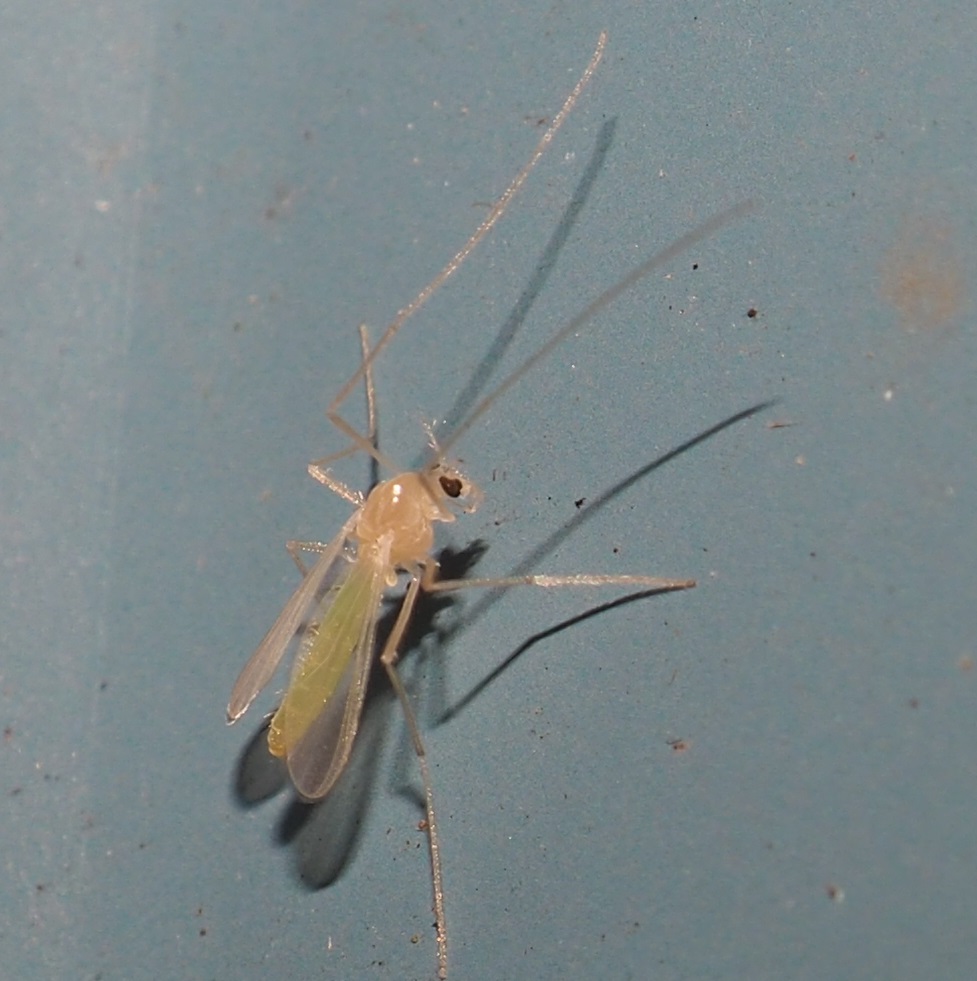
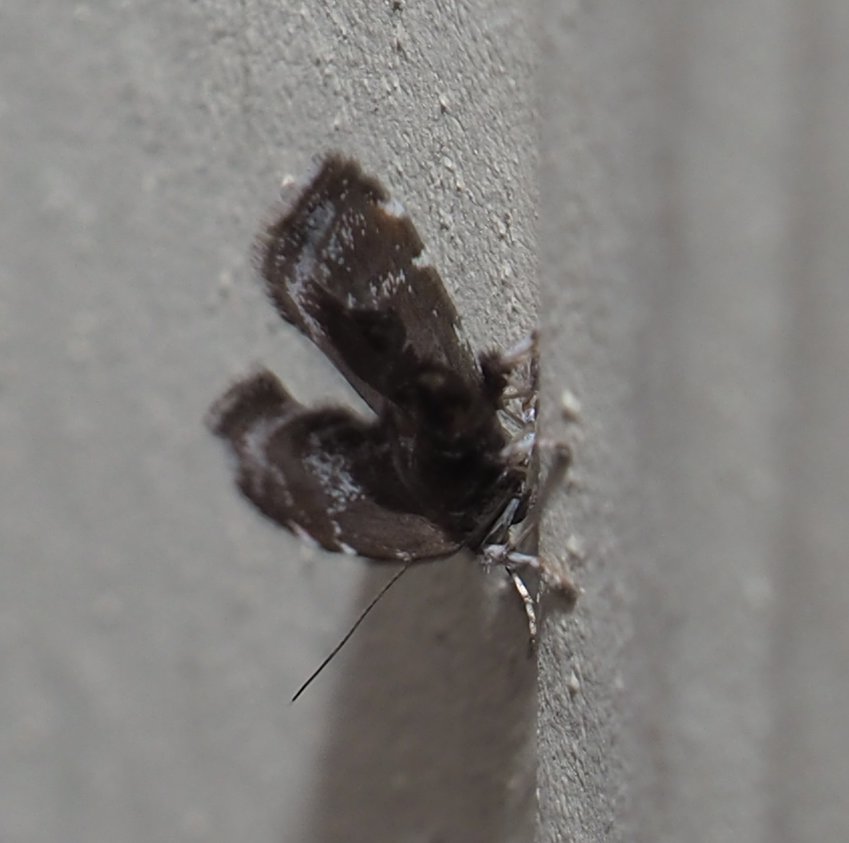
First is one of those very orange flies, this one with darker colored wings. The next two images are of one fly. The last is a Whitefly. Someone wanted to know why it isn't spelled in two words, "white fly". The answer finally! A whitefly is not a fly - it is a bug!

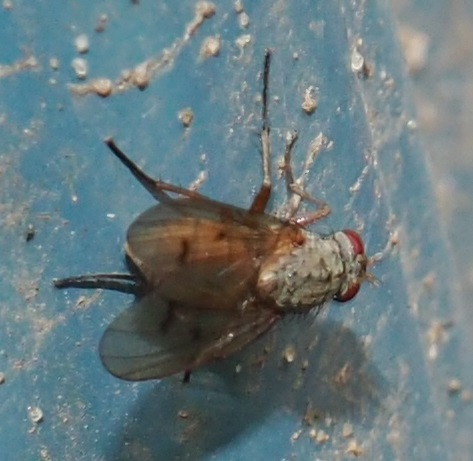
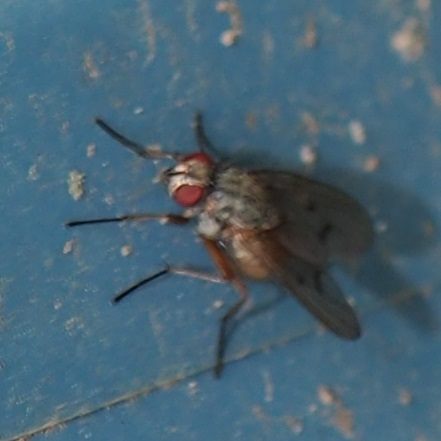
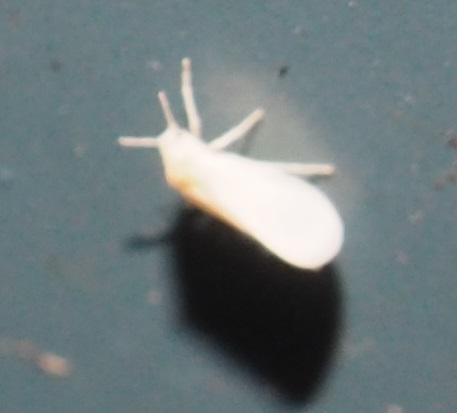
This orange beauty and the paler one beside it are brown lacewings. And the two loopers are the same except for where the light comes from.
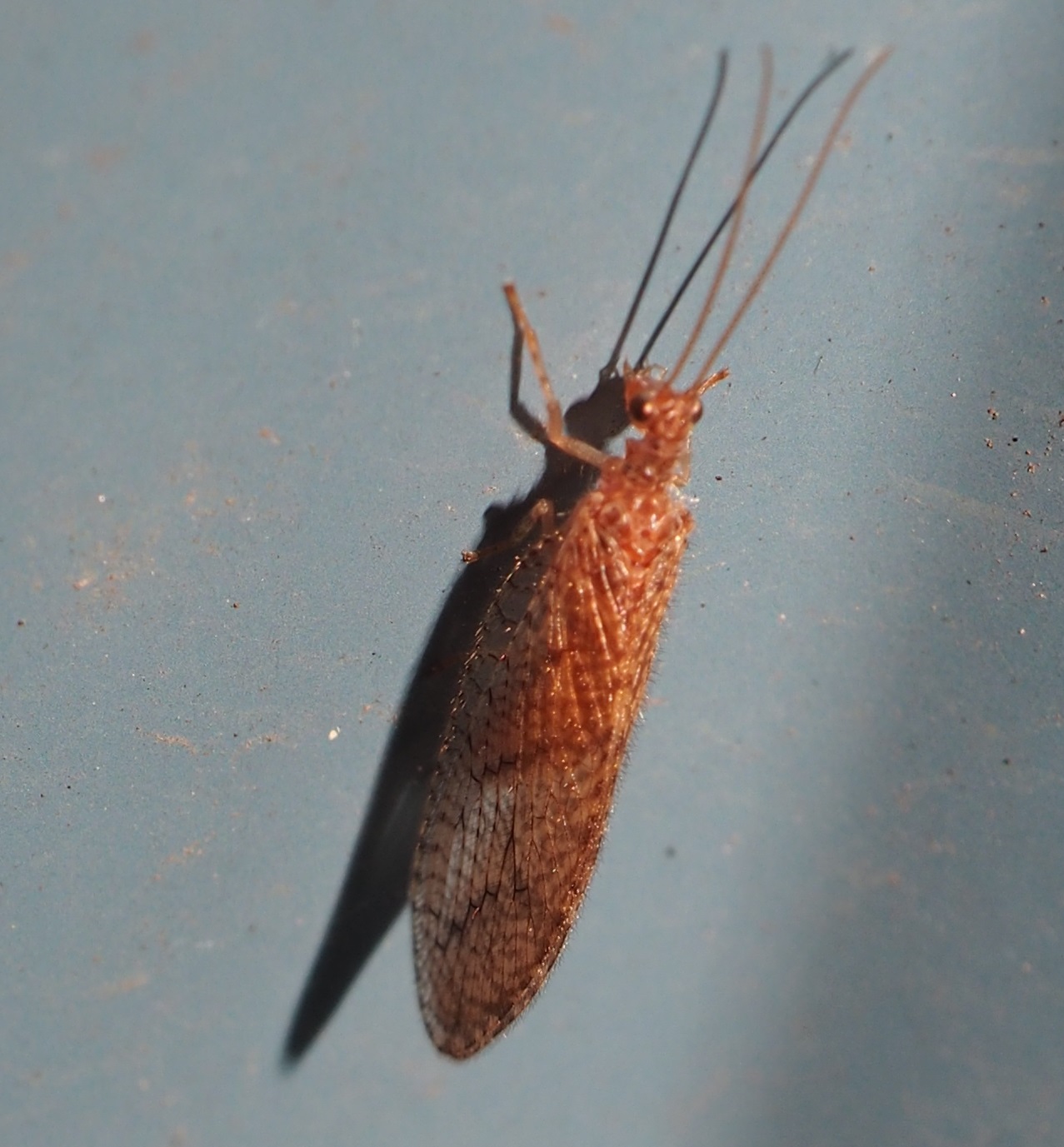
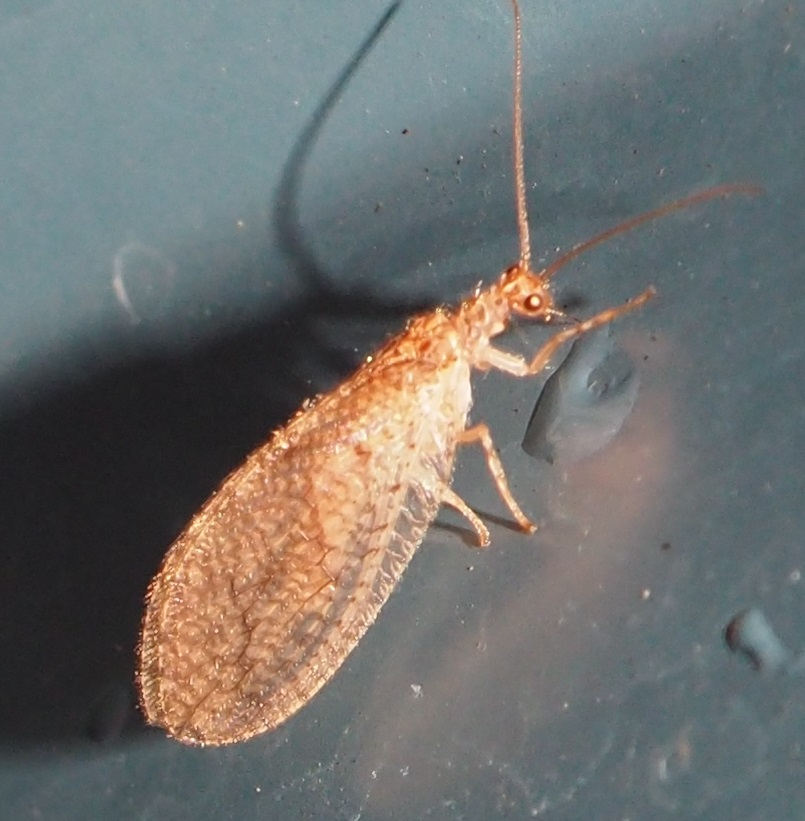
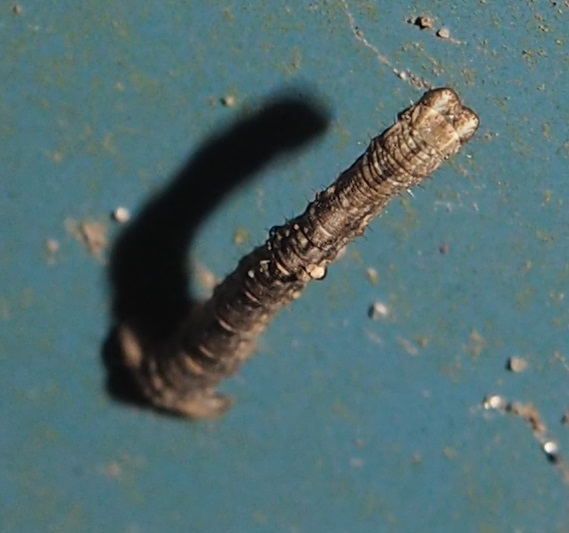
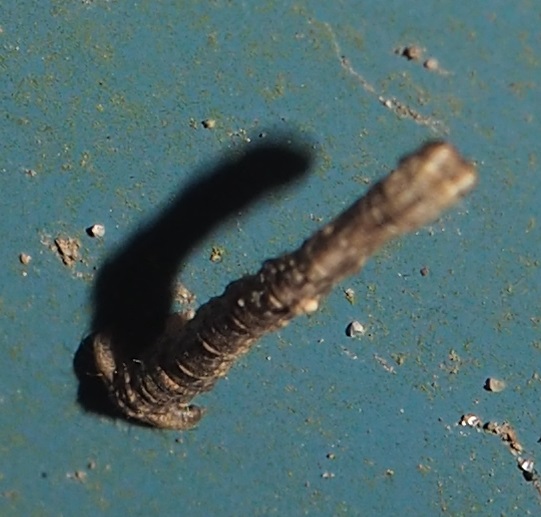
Here is a tiny moth on a leaf. And a big one on the bathroom wall. Third is an unknown insect, and so is the fourth.

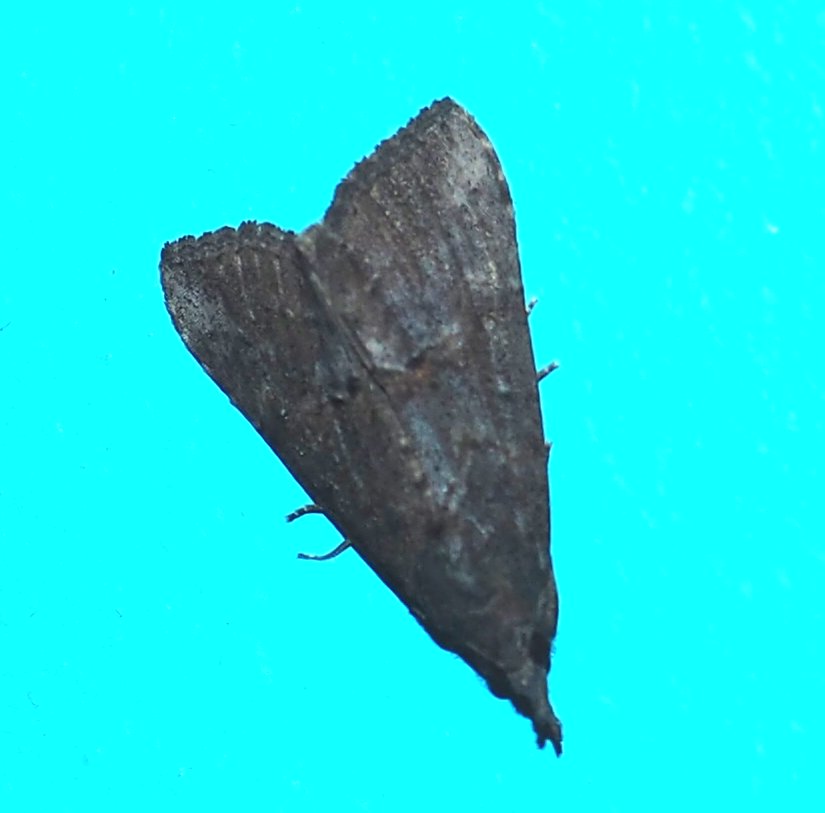
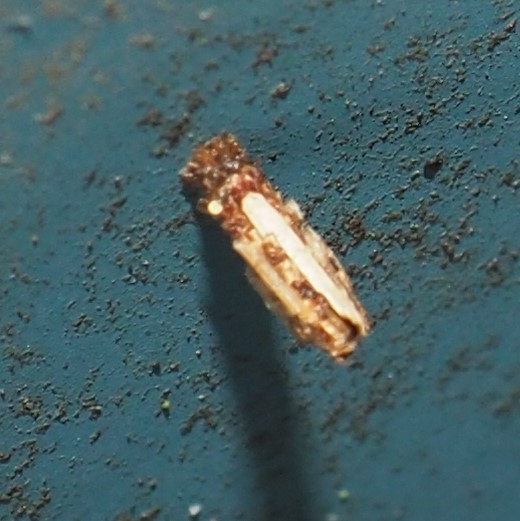

This first one may be a leafhopper coming out of its skin. Next is an amazing mystery - maybe I will have to submit it to iNaturalist.org today or tomorrow to see what it might be. Could the third image be of one of those winged ants losing her wings?
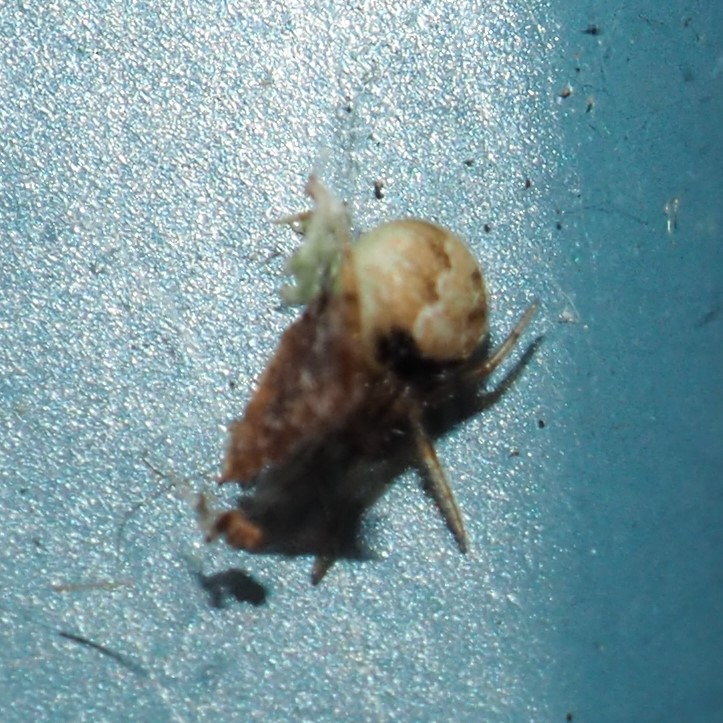
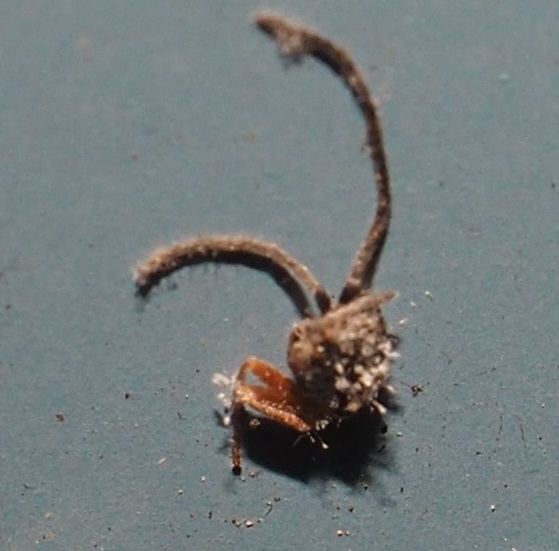
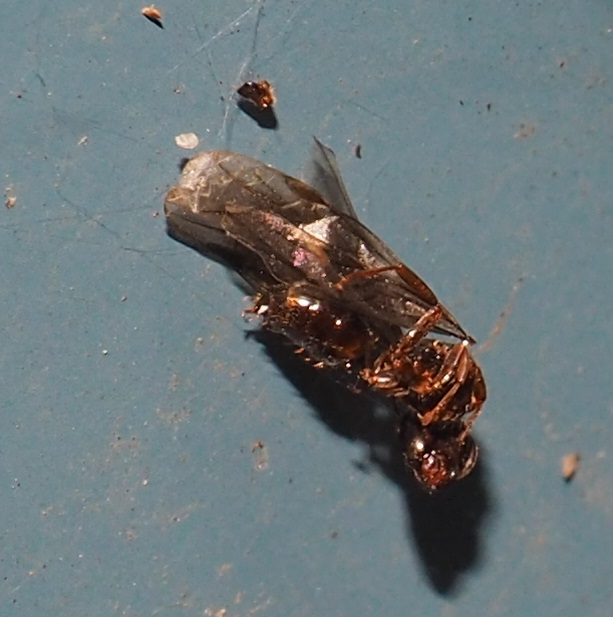
This first picture is possibly a damsel bug with a CHS spider behind her; the second may be a pair of those mystery critters mating. Third and fourth are some different kinds of pillbugs.
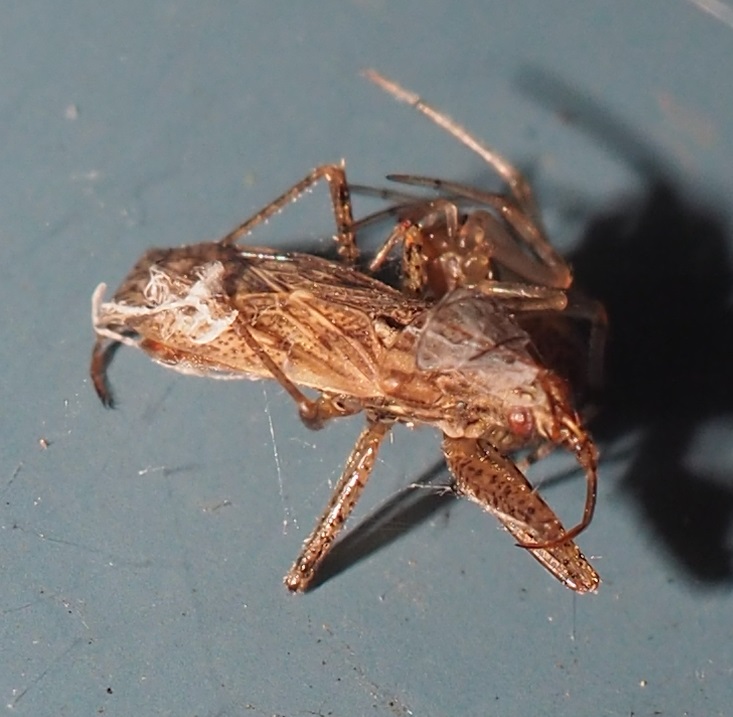
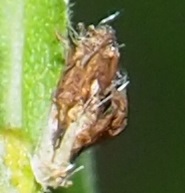
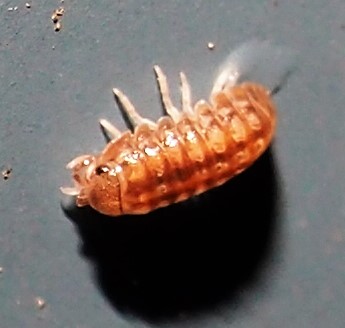
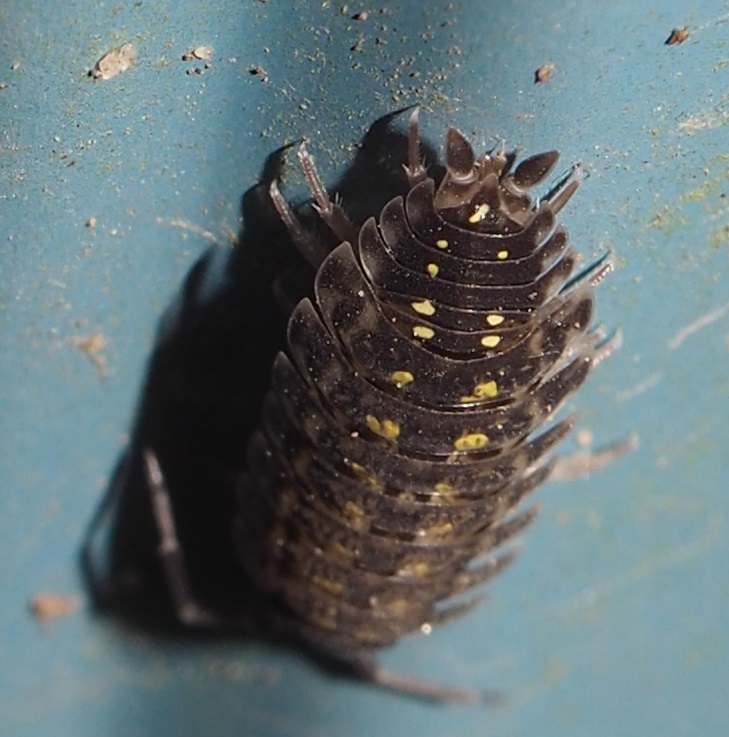
This first one seems to be a CHS with an egg mass. Sometimes they will take care of three or four egg cases for one spider. Next, a CHS is aiming for a rolled-up pillbug. Do you think it will be able to get inside the pillbug roll? Next, another CHS has grabbed a big beetle..
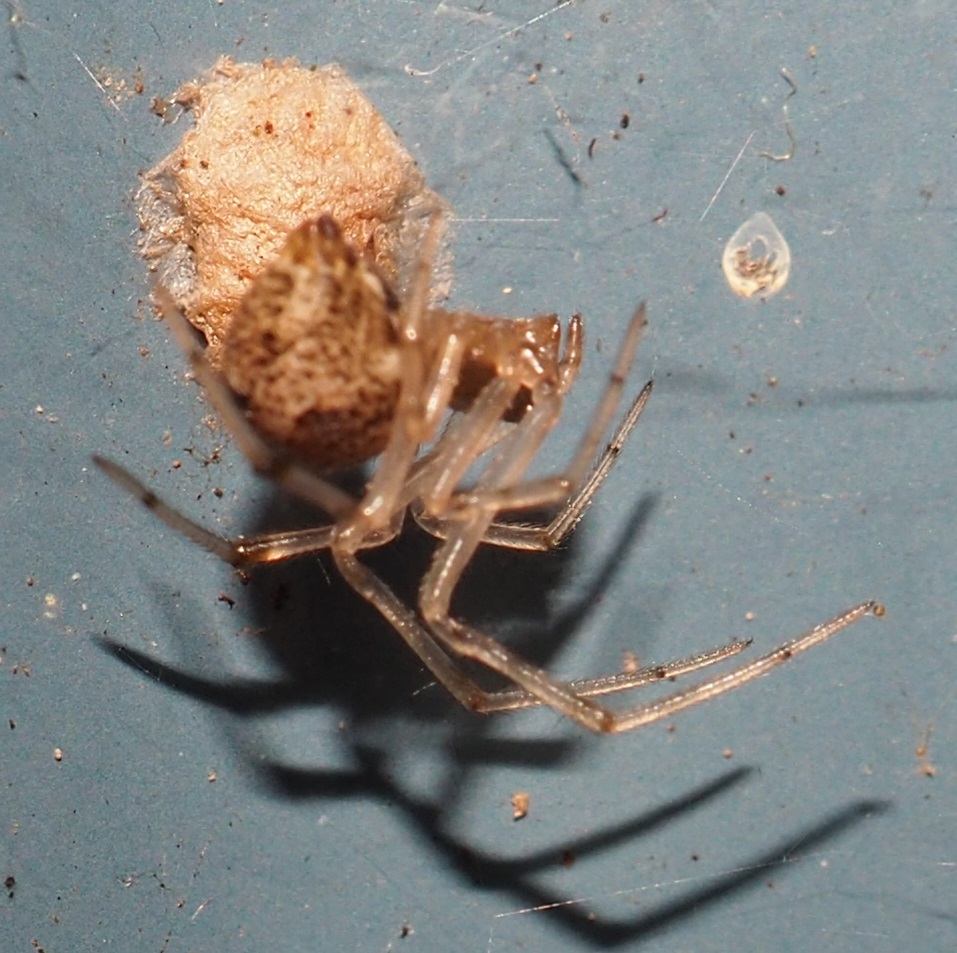

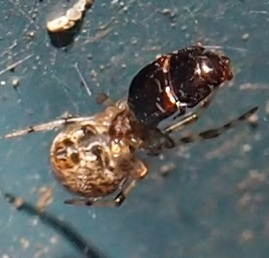
Here is that mystery spider with the interesting pattern on its abdomen. Second is an almost-grown Orchard Orbweaver. Hard to spot its pattern but the green legs give it away. This is the second week we've seen baby Pirate Spiders.
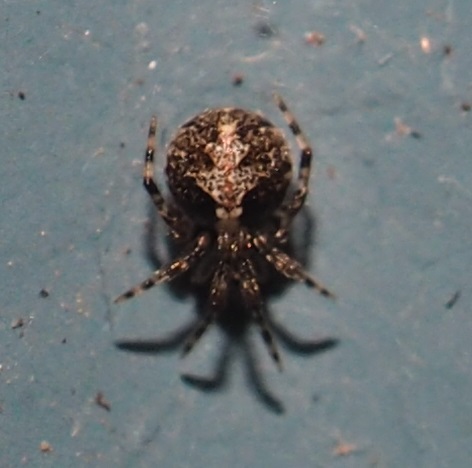

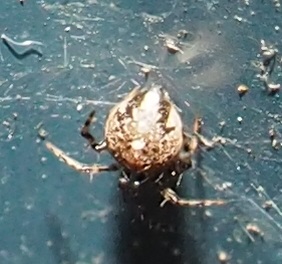
Here are a few images of the Spotted Orbweaver Spiders. They look as if they are doing some complex ballet moves.
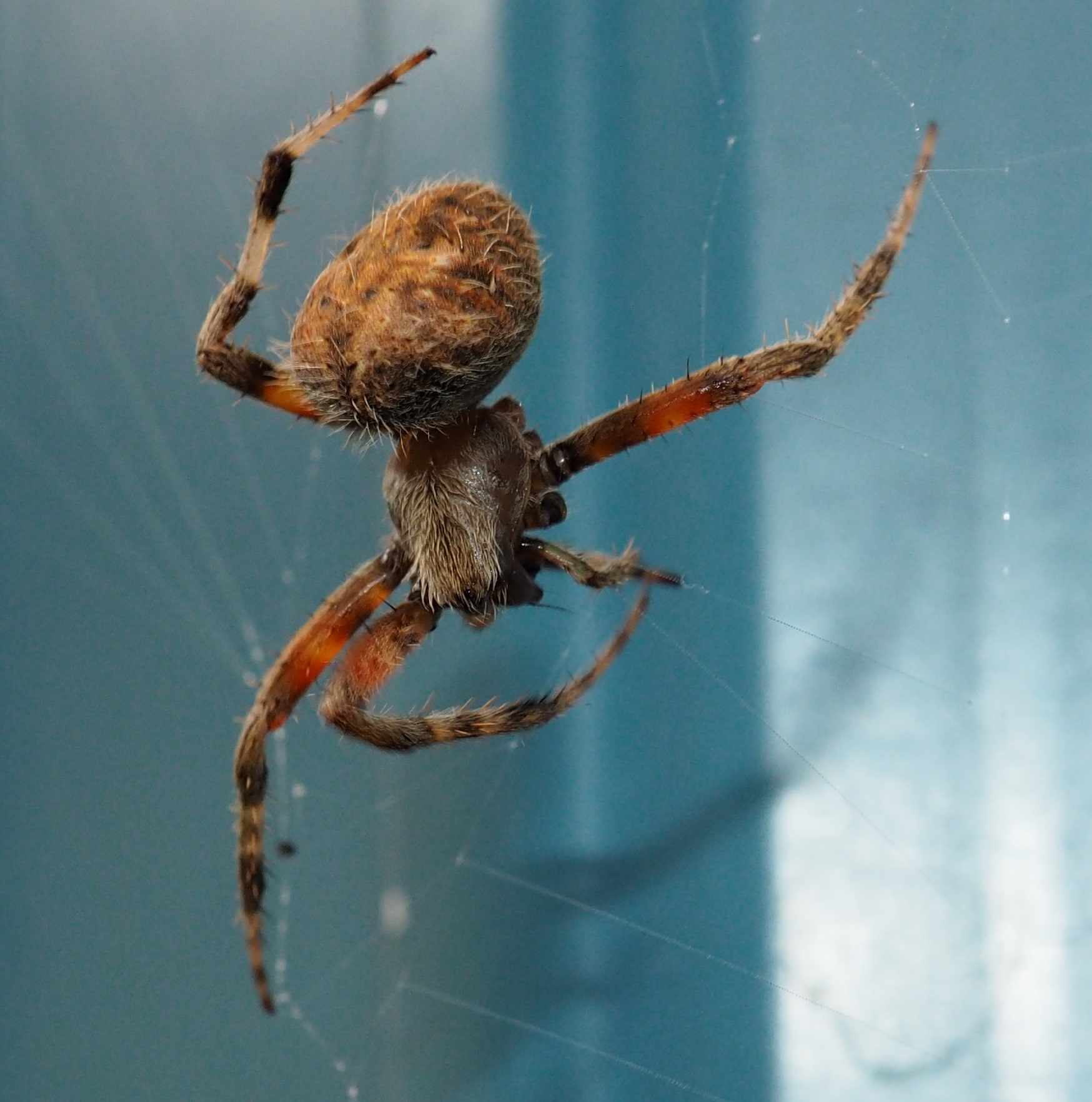
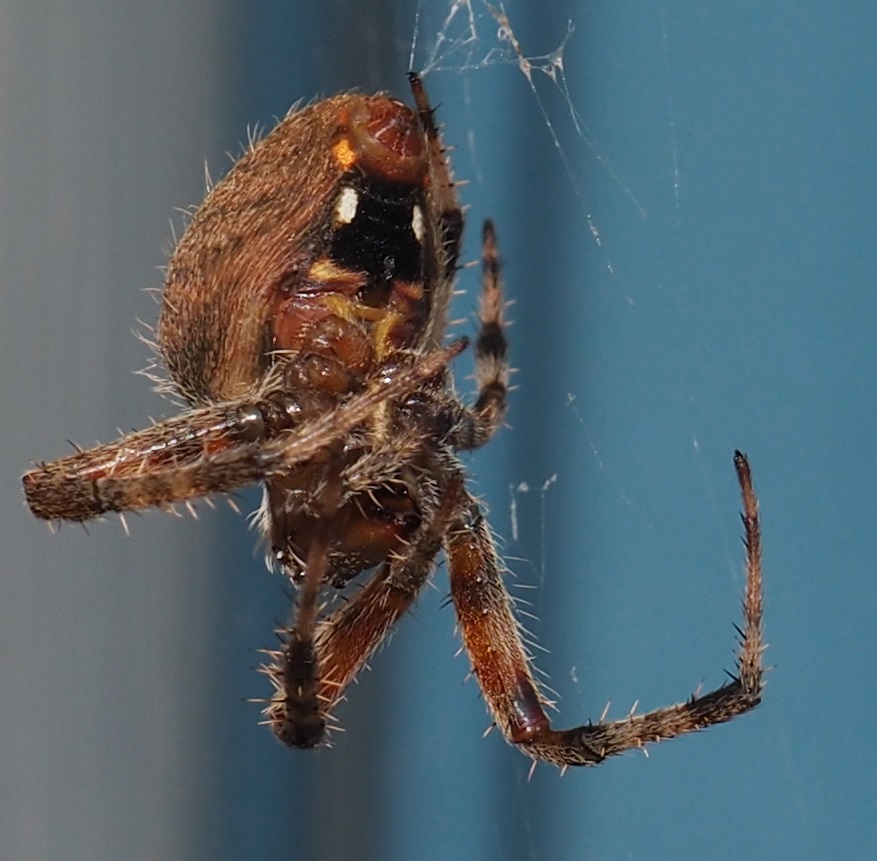

This glistening blue-black wasp is a Spider Wasp, i.e., a Wasp that hunts spiders for food for its babies. The last two wasps are Braconid Wasps or Ichneumonid Wasps. Beautiful, aren't they? You need to see these two doing their body vibrations.
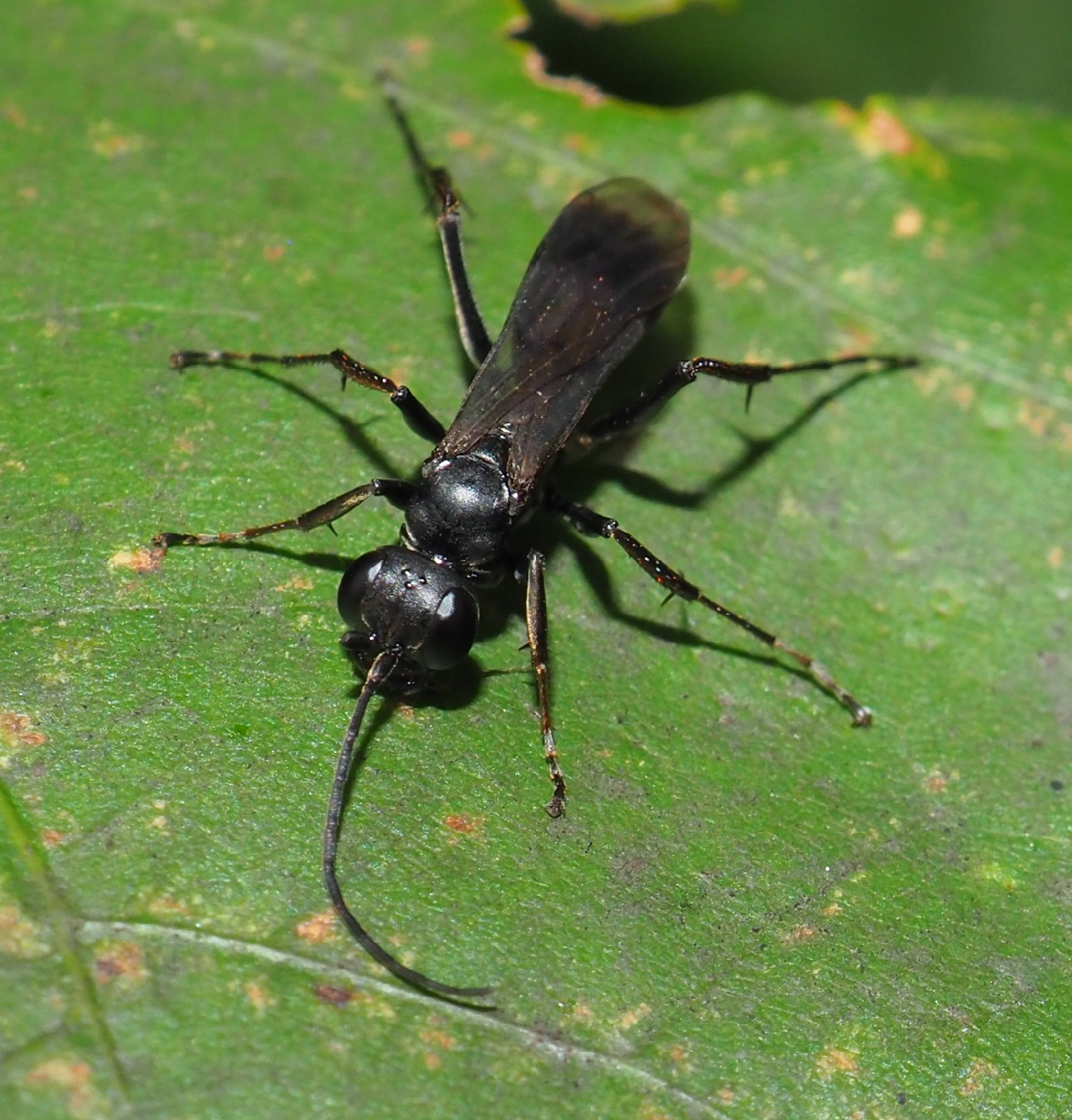
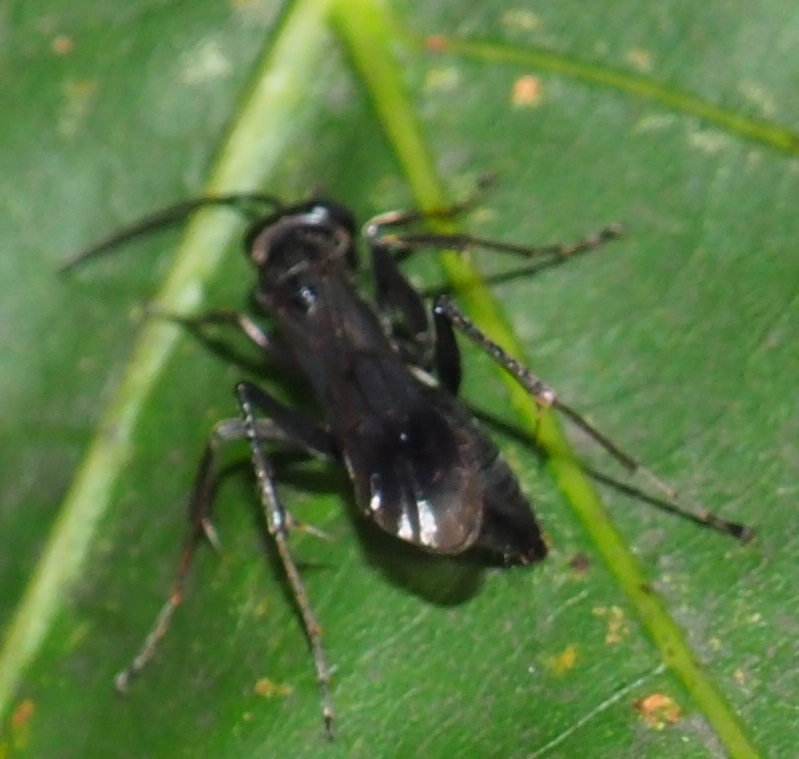

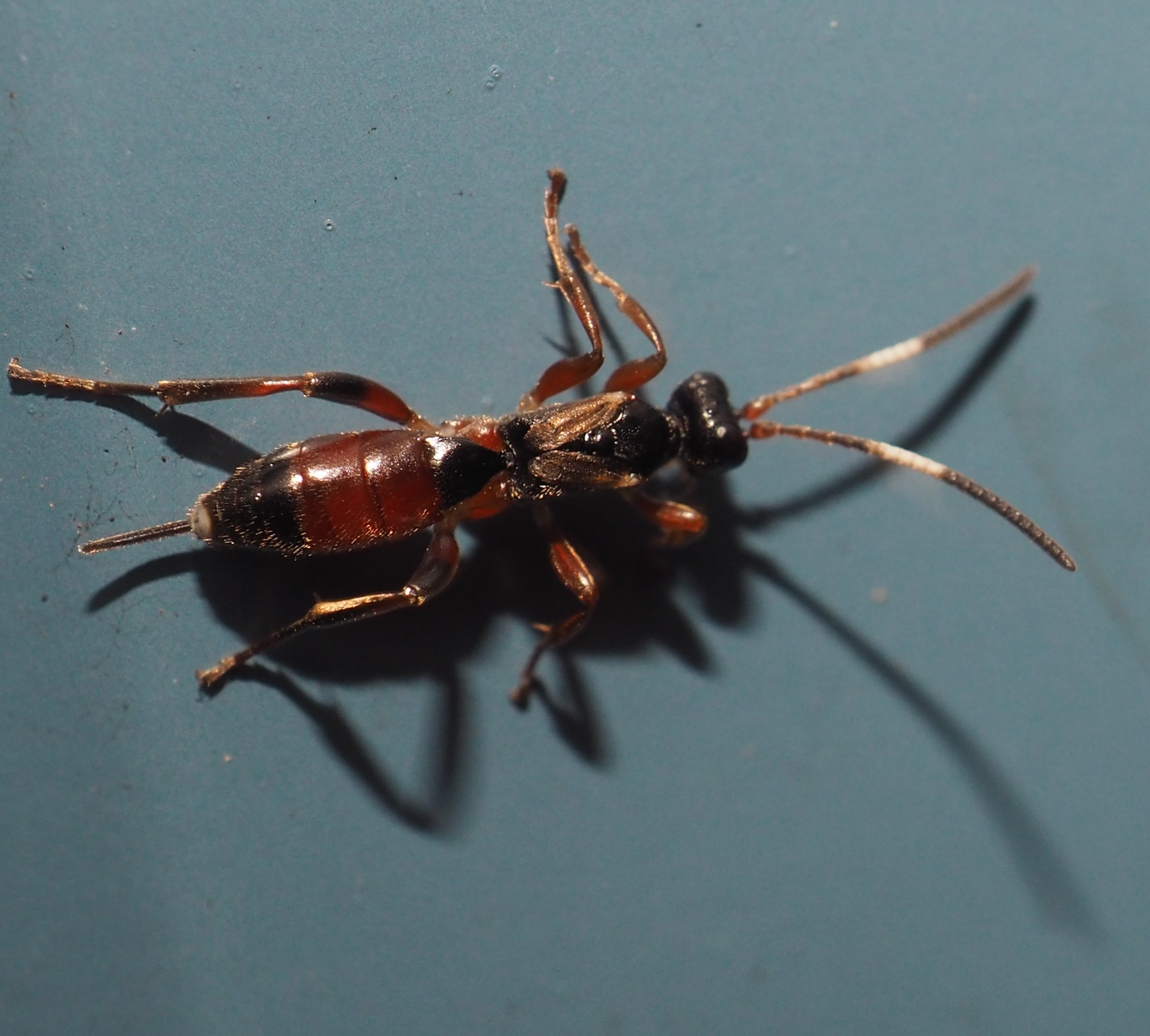
The pond has one more nice pink lily. The next image shows the spent lily blossoms. Number 3 shows some of the fishes - the two red ones used to be nice red and black tortoiseshells, but they lost a lot of their black pigment. There must be some good DNA stories in here. The long thin one is a Shubunkin, a breed or variant of the goldfish which has evolved to have lots of strong colors - I think this one may be the most beautiful fish in the pond now that the mother fish Fanny is gone. He is swimming just above "whitey", who actually looks pink and is one of the younger fishes - co-eval with the "Torties". At the bottom is one of the elder fishes. His name is Baby Leroy. He has a nice story. I "lent" him to Larry S. one summer. Larry had to report that BL had not made it through the summer in Larry's little pond. But he later emerged - he had put on more heft that summer than any of the others that stayed home for the summer.

 10 10 18 1.jpg)
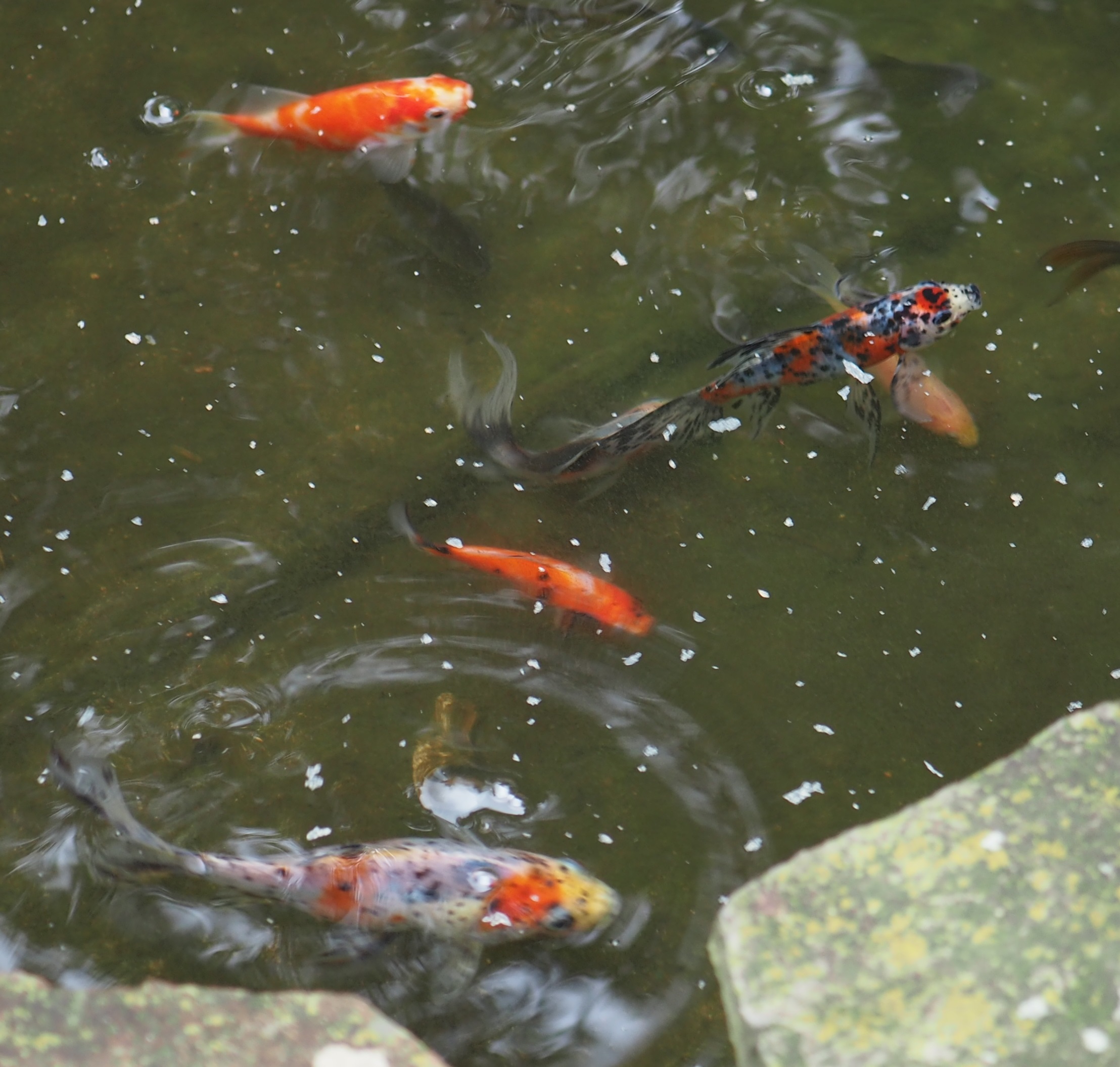
Let's see if we still have some nice color pictures. First off is the Eunonymus out by the front sidewalk. The red seems to creep in from the underleaves. Second is some of the last of the goldenrod. I'm borrowing an earlier image to show you once more one of the pretty little Hover Flies on one of the last of the Purple Asters.



Some good news. One of Albion's most productive House Painters and Repairers came over this morning to show me the estimate for (FINALLY) getting the shabby front of my house redone. It had been painted without some of the careful preparation of the substrate five or six years ago and I have had to hang my head in shame (mostly not mock-shame) when people ask if that grotesque horror movie set did not use to be my house.
I hope all of you are well and if you aren't that you are on the road to repair. Oh! The sun is out, and I must be out there to record visually what is left from the shambles I call my wildlife habitat.
Love, Martha
Back to October 7, 2018
Forward to October 21, 2018
Back to main menu
copyright Martha O'Kennon 2018







.jpg)



















































































 10 10 18 1.jpg)



